A new exhibition titled Ancient India: Living Traditions has opened at the British Museum in London, offering a remarkable exploration of India’s deep spiritual history through art. Showcasing 189 extraordinary objects, this exhibit traces the transformation of sacred art in India over centuries, capturing how religious imagery has evolved from symbolic forms into more humanlike representations.
The exhibition spans an extensive timeline, featuring sculptures, paintings, narrative panels, and manuscripts dating back over 2,000 years. These pieces together provide a vivid portrayal of India’s religious and cultural expression, particularly through the three ancient faiths of Hinduism, Buddhism, and Jainism.
From around 200 BC to AD 600, the Indian subcontinent experienced a striking artistic transformation. During this period, representations of gods, goddesses, saints, and enlightened beings transitioned from purely symbolic figures into human forms. This shift in visual representation signaled a turning point in how sacred imagery was interpreted and presented.
All three religions—Hinduism, Buddhism, and Jainism—shared common cultural threads, including reverence for nature spirits like serpents and the peafowl. However, each religion also navigated profound changes in how deities and spiritual figures were visually conceptualized during this key era. Despite their distinct religious identities, these traditions converged artistically, revealing shared cultural foundations and mutual influences.
“Today we can’t imagine the veneration of Hindu, Jain or Buddhist divine spirits or deities without a human form, can we? Which is what makes this transition so interesting,” says Dr Sushma Jansari, the curator of the exhibition.
Organized into five distinct sections, the exhibition begins by focusing on ancient nature spirits and progresses through dedicated segments on each of the three religions. The final section explores how these religious practices and their artistic expressions expanded beyond India to regions such as Cambodia and China, highlighting their broader global impact.
One of the most compelling artifacts is found in the Buddhist section: a two-sided sandstone panel that beautifully captures the evolution of Buddha’s depiction. One side, carved around AD 250, shows the Buddha in a fully realized human form adorned with intricate details. The reverse side, created earlier between 50 and 1 BC, represents the Buddha symbolically through elements like a tree, an empty throne, and footprints.
This sculpture originates from Amaravati in southeastern India and once formed part of a stupa, a sacred Buddhist structure. The artwork stands out for illustrating a dramatic artistic transition within a single piece.
“To have this transformation showcased on one single panel from one single shrine is quite extraordinary,” Dr Jansari remarks.
In the Hinduism section, a noteworthy early bronze statue highlights the gradual shift in how goddesses were represented. Initially echoing the yakshi, an ancient nature spirit associated with fertility, abundance, and also destruction, the figure is easily identified by her floral crown, jewelry, and full-bodied form. However, she is also depicted with multiple arms carrying sacred items—a visual approach that later became typical in Hindu representations of female deities.
The exhibit also brings attention to Jain religious art, known for its focus on the tirthankaras, the 24 enlightened teachers. One of the earliest depictions is a mottled pink sandstone sculpture over 2,000 years old. These figures are distinguished by an endless knot symbol carved on their chests, signifying spiritual wisdom and continuity.
Many of these sculptures, regardless of religious affiliation, were crafted in shared workshops located in the ancient city of Mathura. This common production ground explains the stylistic similarities across Hindu, Buddhist, and Jain religious artworks.
What sets this exhibition apart, according to Dr Jansari, is its integrative approach. “Unlike other shows on South Asia, the exhibition is unique because it is the ‘first ever’ look at the origins of all three religious artistic traditions together, rather than separately,” she says.
Another distinguishing feature is the transparency in the sourcing of the objects. Each display is accompanied by notes detailing the object’s origin, including how it changed hands over time and how it was eventually acquired by museums or collectors.
One particularly intriguing revelation is the prominent role women played as patrons of Buddhist art. This detail adds nuance to the understanding of historical spiritual life in ancient India. However, one mystery remains unresolved—the exact reason behind the dramatic transformation from symbolic to human imagery in sacred art.
“That remains a million-dollar question. Scholars are still debating this,” admits Dr Jansari. “Unless more evidence comes through, we aren’t going to know. But the extraordinary flourishing of figurative art tells us that people really took to the idea of imagining the divine as human.”
The exhibit is designed as a multi-sensory journey, aiming to replicate the feel of an active temple or shrine. Visitors are greeted with draped fabrics, natural sounds, colorful visuals, and even scents—all intended to recreate the vibrant yet serene atmosphere of Hindu, Buddhist, and Jain sacred spaces.
“There’s so much going on in these sacred spaces, and yet there’s an innate calm and serenity. I wanted to bring that out,” says Dr Jansari. Her work was in collaboration with artists, designers, and community representatives to ensure authenticity and resonance.
Adding another layer to the exhibition are video screens displaying short films of practicing devotees from each of the three religions currently living in the United Kingdom. These moving visuals reinforce the central theme of the exhibition—that the artistic and religious traditions on display are not just relics of the past but continue to thrive today.
The aim, clearly, is not just to celebrate historical craftsmanship but to show how these traditions have endured, adapted, and continued to be meaningful across generations and geographies. The presence of these films emphasizes that these spiritual practices and their visual expressions still hold deep relevance in contemporary lives, both in India and globally.
All of the artifacts on display have been drawn from the British Museum’s renowned South Asian collection. In addition, the exhibition includes 37 items on loan from private collectors as well as from museums and libraries across the UK, Europe, and India. These diverse sources help paint a more complete and nuanced picture of India’s sacred art traditions.
Ancient India: Living Traditions is not just an exhibition; it is an invitation to see the continuity of faith and expression, to recognize the deep cultural links that have persisted for thousands of years, and to appreciate the stunning craftsmanship that helped visualize the divine for generations.

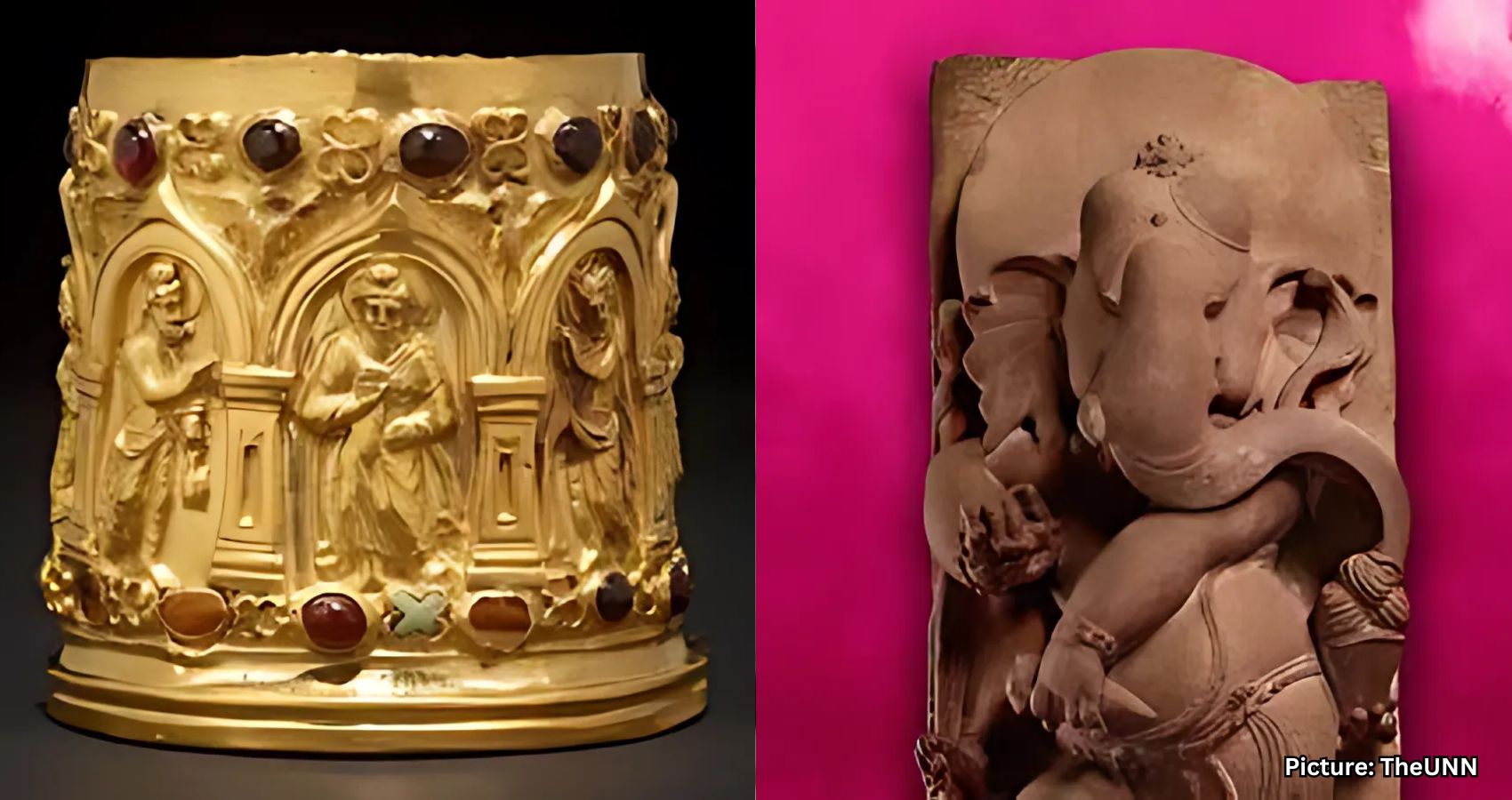
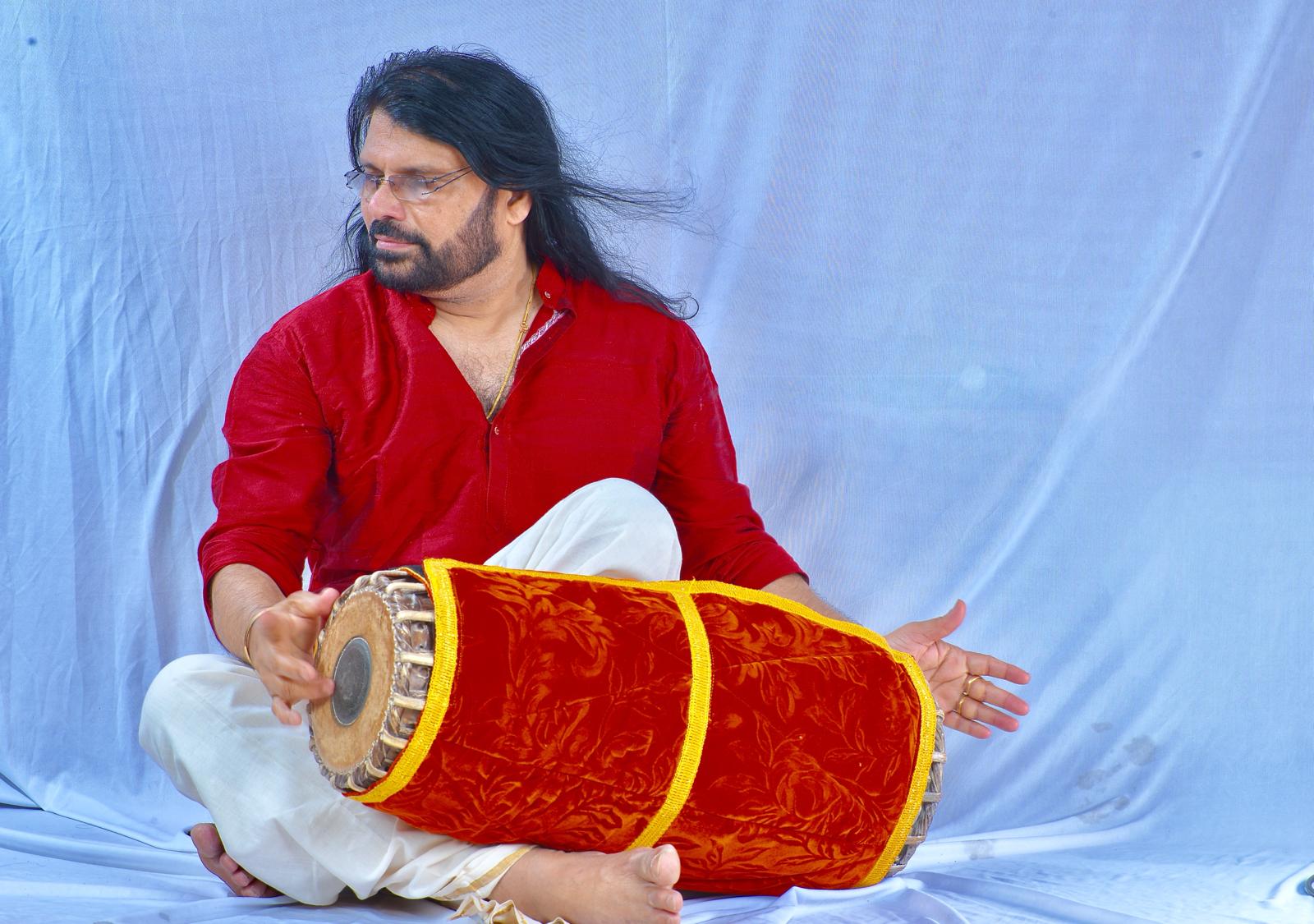 T. Shankaranarayanan Nandakumar, popularly known as “TSN” has played a pivotal role in spreading the knowledge about Indian drums, particularly the mridangam in the United States through his stage performances at prestigious orchestras, participation in global music events, educational initiatives and contributions, collaborations, global impact, and philanthropic endeavors. He has demonstrated a commitment to social responsibility through charity work, including organizing a 24-hour non-stop Akanda Seva Bhajan in aid of India’s tsunami victims.
T. Shankaranarayanan Nandakumar, popularly known as “TSN” has played a pivotal role in spreading the knowledge about Indian drums, particularly the mridangam in the United States through his stage performances at prestigious orchestras, participation in global music events, educational initiatives and contributions, collaborations, global impact, and philanthropic endeavors. He has demonstrated a commitment to social responsibility through charity work, including organizing a 24-hour non-stop Akanda Seva Bhajan in aid of India’s tsunami victims.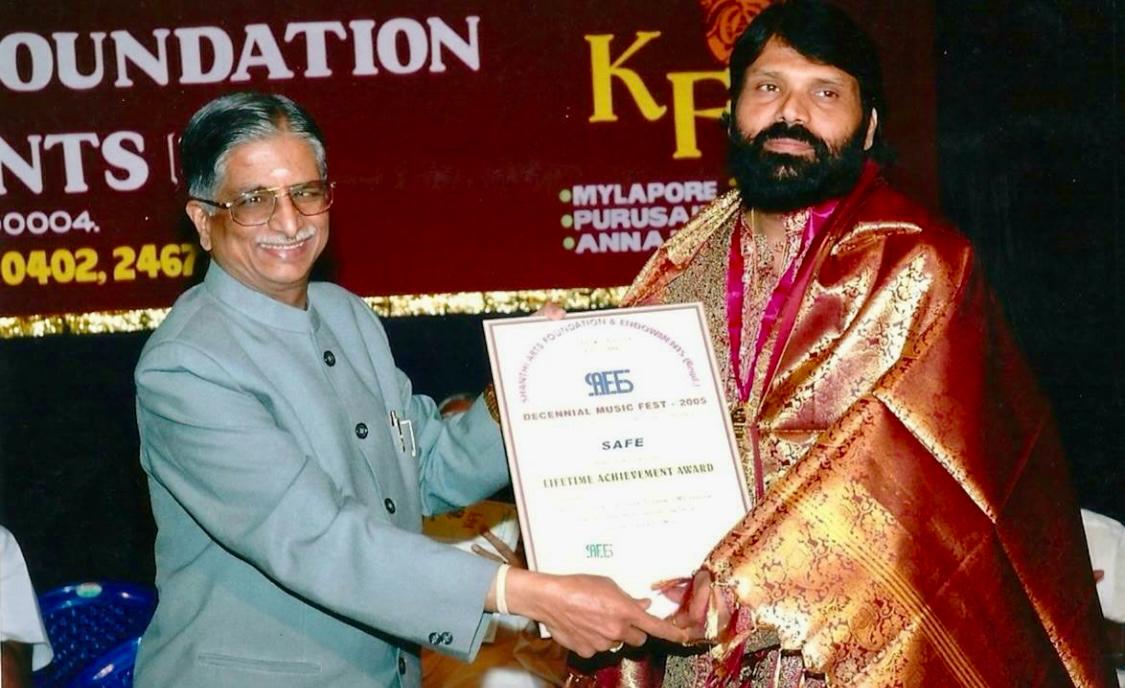 take music with him wherever he goes. TSN’s participation in international festivals and workshops has contributed to the global awareness of Indian percussion, showcasing the richness of Indian drumming traditions and providing a platform for cross-cultural exchange. By actively participating in musical collaborations and performances in the United States, TSN not only showcases the beauty of the mridangam but also educates audiences about the intricacies and significance of this traditional Indian percussion instrument.
take music with him wherever he goes. TSN’s participation in international festivals and workshops has contributed to the global awareness of Indian percussion, showcasing the richness of Indian drumming traditions and providing a platform for cross-cultural exchange. By actively participating in musical collaborations and performances in the United States, TSN not only showcases the beauty of the mridangam but also educates audiences about the intricacies and significance of this traditional Indian percussion instrument.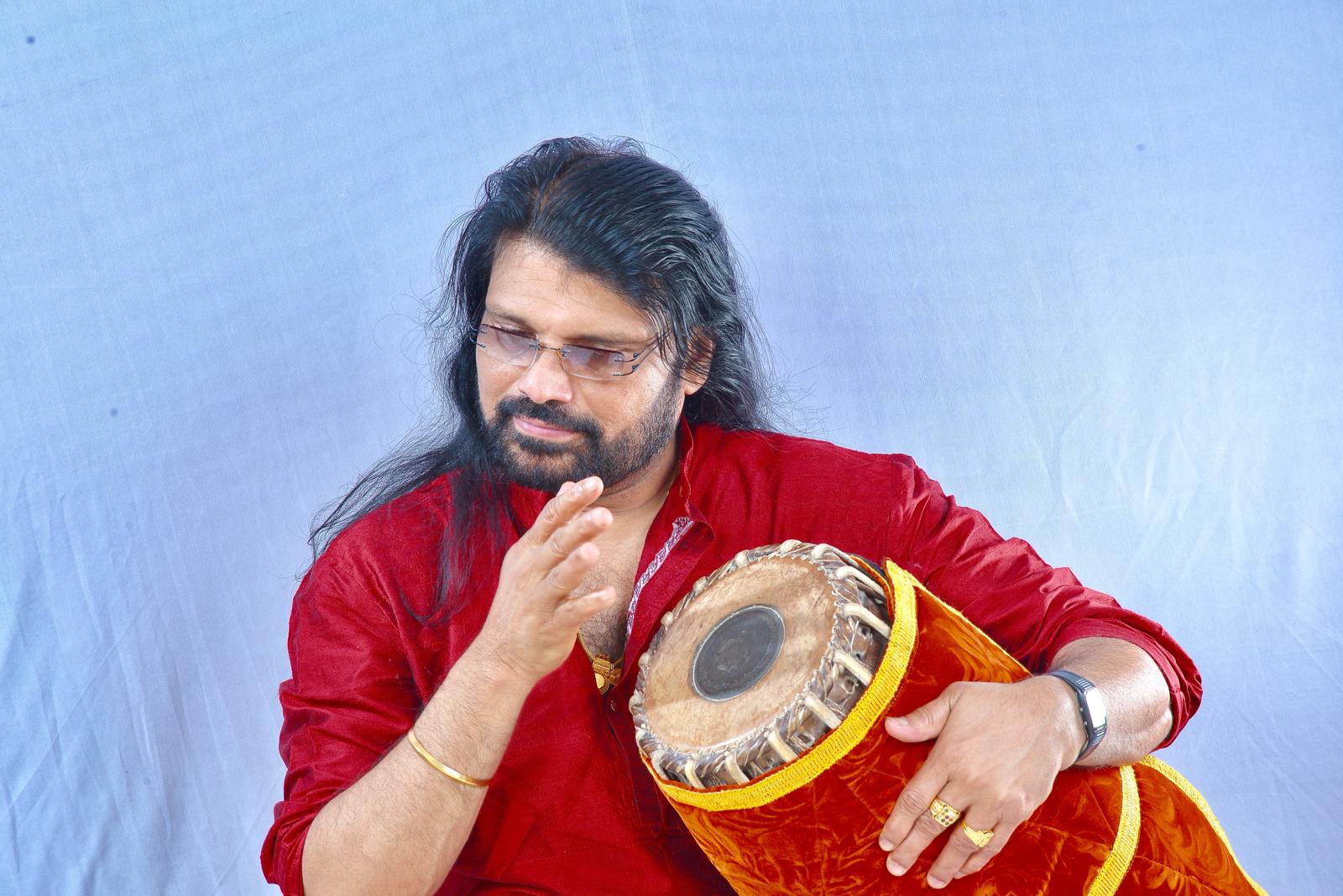 and drumming traditions. This indirect form of education occurs as audiences experience the artistry and cultural depth of the mridangam during performances.
and drumming traditions. This indirect form of education occurs as audiences experience the artistry and cultural depth of the mridangam during performances.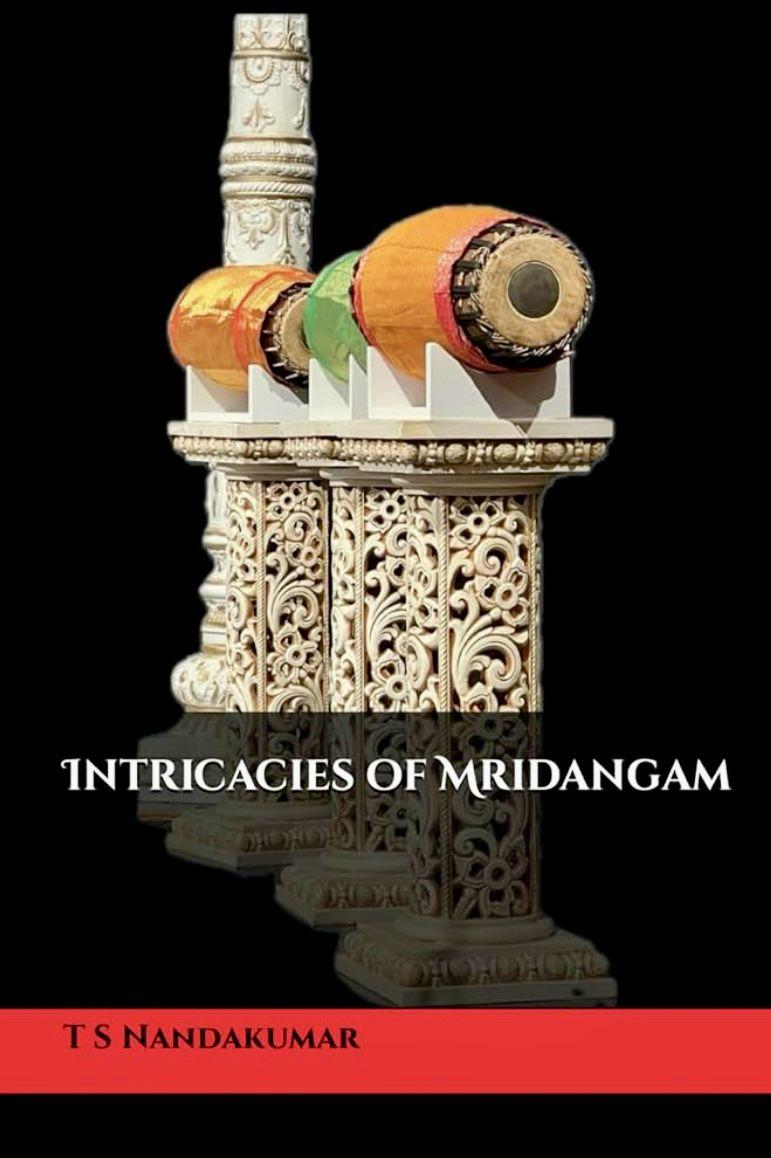 students to refine their skills and collaborate within the realm of Carnatic arts. Upon migrating to New Jersey, USA, TSN seamlessly incorporated TSNPAC, offering courses in higher learning for Carnatic percussion enthusiasts in the United States. Today, TSNPAC stands as a beacon for aspiring artists seeking to master the intricacies of Carnatic percussion.
students to refine their skills and collaborate within the realm of Carnatic arts. Upon migrating to New Jersey, USA, TSN seamlessly incorporated TSNPAC, offering courses in higher learning for Carnatic percussion enthusiasts in the United States. Today, TSNPAC stands as a beacon for aspiring artists seeking to master the intricacies of Carnatic percussion.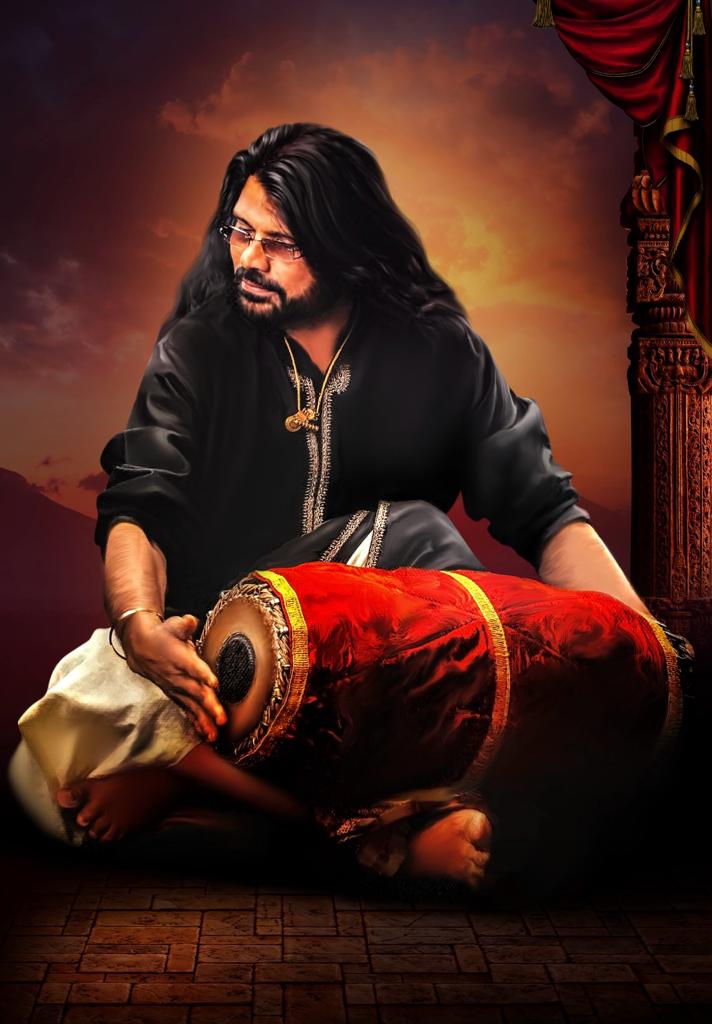 TSN has performed at the Thyagaraja Festival, a prestigious and culturally significant experience for Carnatic musicians. Thyagaraja Aaradhana Festival in Cleveland, Ohio, is the largest Indian classical music festival outside of India.
TSN has performed at the Thyagaraja Festival, a prestigious and culturally significant experience for Carnatic musicians. Thyagaraja Aaradhana Festival in Cleveland, Ohio, is the largest Indian classical music festival outside of India.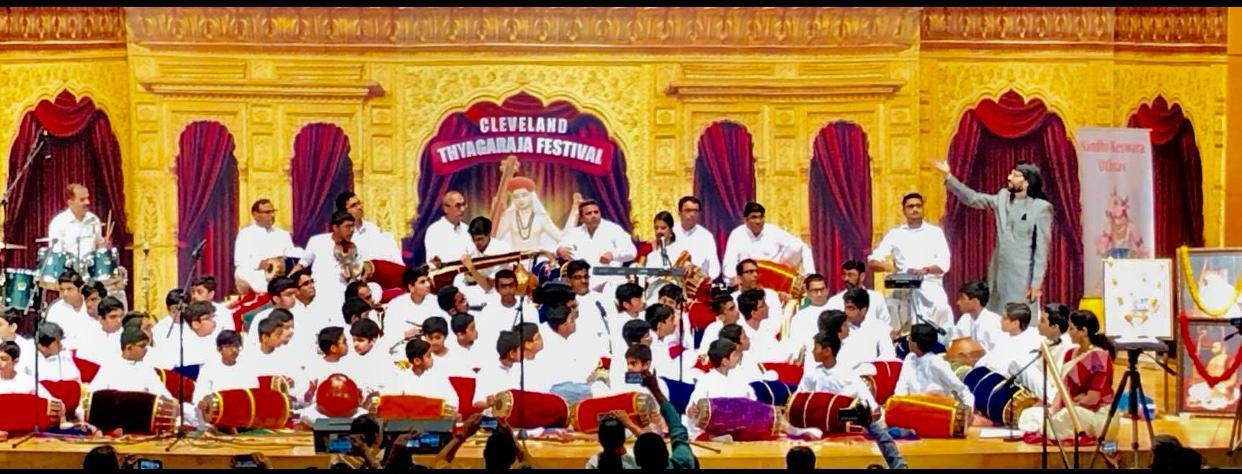 artists, without prior rehearsal, which is a unique approach that serves as a culminating experience for their graduation from the Center. TSNPAC’s significant milestones include a decennial celebration marked by a grand performance featuring over 100 students. The center conducts Mridangam Arangetram annually, where students, without prior rehearsal, accompany main artists like A. Kanyakumari, culminating in a graduation ceremony. They follow in his footsteps by training their own students in the style of TSN and continuing to promote Carnatic percussive arts.
artists, without prior rehearsal, which is a unique approach that serves as a culminating experience for their graduation from the Center. TSNPAC’s significant milestones include a decennial celebration marked by a grand performance featuring over 100 students. The center conducts Mridangam Arangetram annually, where students, without prior rehearsal, accompany main artists like A. Kanyakumari, culminating in a graduation ceremony. They follow in his footsteps by training their own students in the style of TSN and continuing to promote Carnatic percussive arts.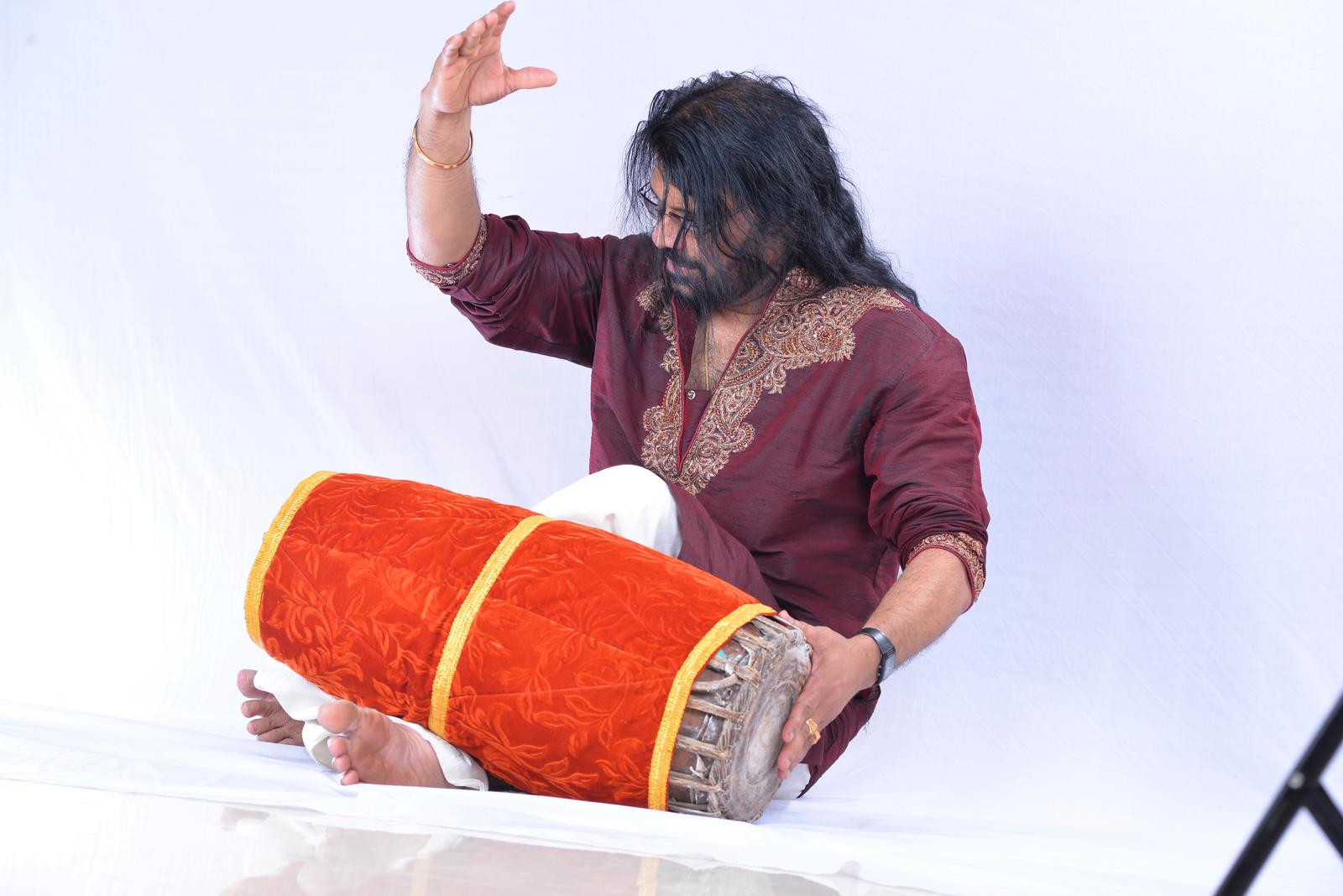 their expertise in Carnatic Music include Paula Jeanine, Todd Isler, Johann Berby, Guillaume Barraud, Will Calhoun, Bill Buchen, Lenora Zenzlai Helm, and Bernhard Schimpelsberger. TSNPAC’s legacy embodies a commitment to excellence, providing a platform for students to explore and flourish in the rich tapestry of Carnatic music.
their expertise in Carnatic Music include Paula Jeanine, Todd Isler, Johann Berby, Guillaume Barraud, Will Calhoun, Bill Buchen, Lenora Zenzlai Helm, and Bernhard Schimpelsberger. TSNPAC’s legacy embodies a commitment to excellence, providing a platform for students to explore and flourish in the rich tapestry of Carnatic music.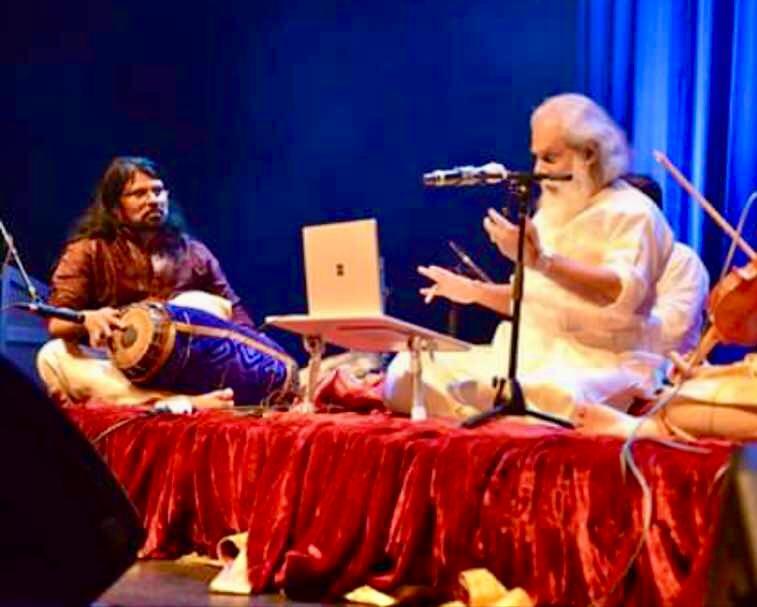 of mridangam, konnakol, thavil, ghatam, kanjira and the morsing played by himself. Author of several books, to educate students to the themes of Indian Percussive Arts, TSN is currently working on writing books that cover advanced topics.
of mridangam, konnakol, thavil, ghatam, kanjira and the morsing played by himself. Author of several books, to educate students to the themes of Indian Percussive Arts, TSN is currently working on writing books that cover advanced topics.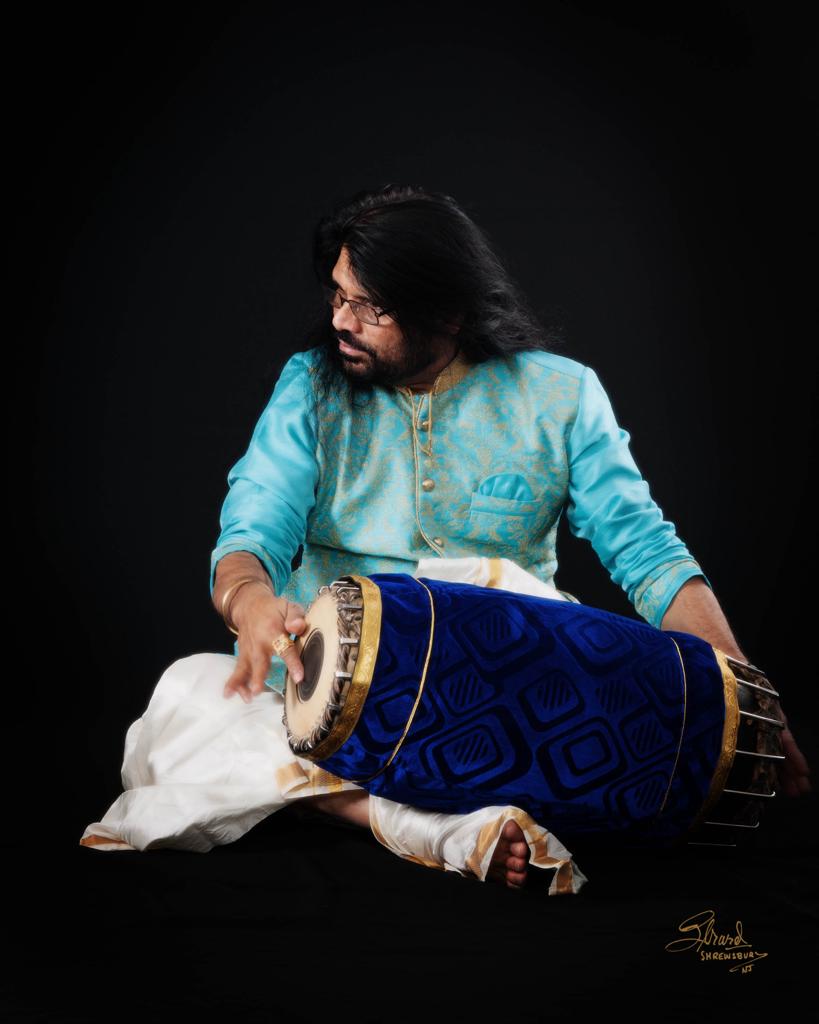 Son of Shrimati Saraswati and Shri Balakrishna Panicker, a great supporter of the arts as member of the Devaswom board in Kerala and actively involved in promoting Carnatic devotional music in temples and organizing concerts, TSN was born in the village of Ambalappuzha in Kerala, India. As a child, he was fascinated with the rhythmic chants and bhajans. Nandakumar soon became a ‘Laya Vidwan’ due to his mastery of Carnatic percussive components: Laya, Raaga, Thaala and Bhava.
Son of Shrimati Saraswati and Shri Balakrishna Panicker, a great supporter of the arts as member of the Devaswom board in Kerala and actively involved in promoting Carnatic devotional music in temples and organizing concerts, TSN was born in the village of Ambalappuzha in Kerala, India. As a child, he was fascinated with the rhythmic chants and bhajans. Nandakumar soon became a ‘Laya Vidwan’ due to his mastery of Carnatic percussive components: Laya, Raaga, Thaala and Bhava.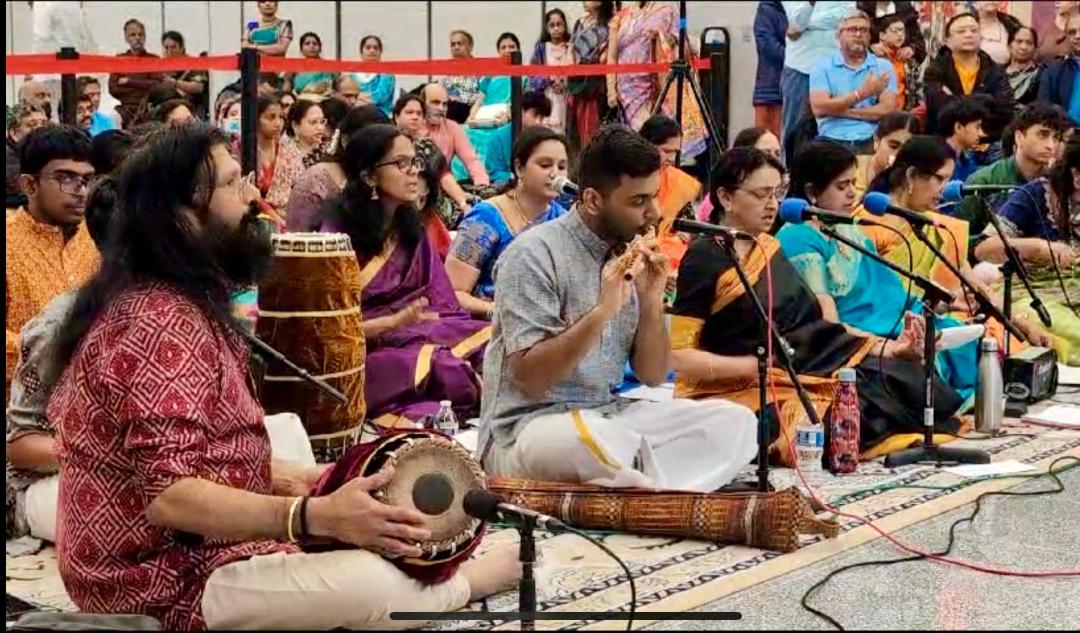 As a young prodigy, TSN gained a reputation as an accompanist to renowned Carnatic musicians such as Semmangudi Srinivasa Iyer, M.D. Ramanathan, S. Ramanathan, R. K. Srikantan, V. Dakshinamurthy, Bhimsen Joshi, N. Ramani, M. Balamuralikrishna, T. N. Krishnan, K. J. Yesudas, N. Rajam, T. K. Govindarao, Nedunuri Krishnanmurthy, T. V. Gopalakrishnan, Parassala . B. Ponnamal, A. Kanyakumari, M. Chandrasekaran, D. K. Jayaraman, B. V. Raman, B. V. Lakshmanan and many others.
As a young prodigy, TSN gained a reputation as an accompanist to renowned Carnatic musicians such as Semmangudi Srinivasa Iyer, M.D. Ramanathan, S. Ramanathan, R. K. Srikantan, V. Dakshinamurthy, Bhimsen Joshi, N. Ramani, M. Balamuralikrishna, T. N. Krishnan, K. J. Yesudas, N. Rajam, T. K. Govindarao, Nedunuri Krishnanmurthy, T. V. Gopalakrishnan, Parassala . B. Ponnamal, A. Kanyakumari, M. Chandrasekaran, D. K. Jayaraman, B. V. Raman, B. V. Lakshmanan and many others.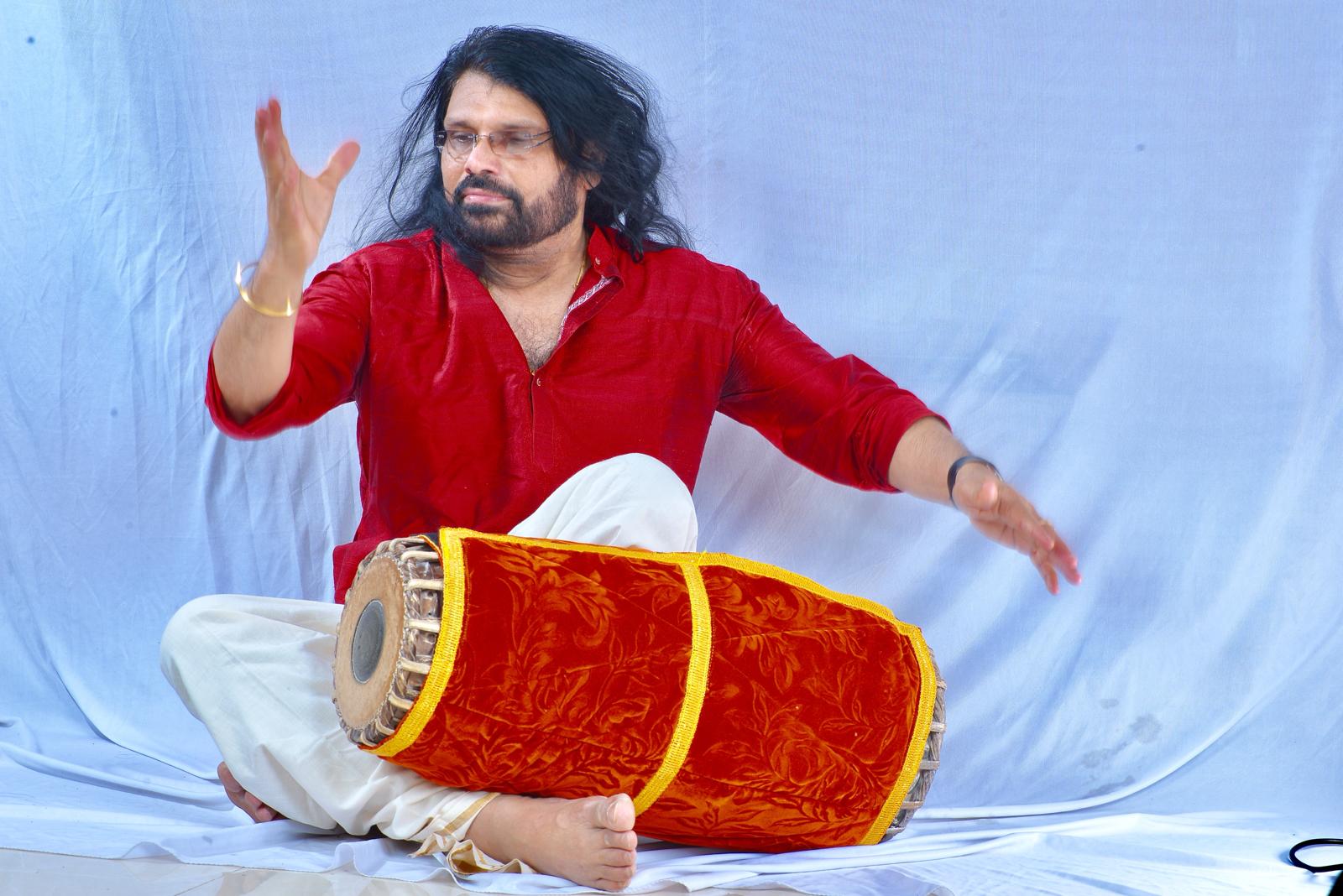 Foundation in Chennai. He was awarded the “Best Teacher Award” from several organizations with the most prominent being awarded by Shanmukhananda Fine Arts and the Cleveland Thygaraja Aaradhana Festival and by the Shanmukhananda Fine Arts, Sangeetha Sabha, Mumbai in 2007, Bharat Ratna Dr. M. S. Subbulakshmi Sangeetha Pracharya Award), and Visionary Award by Academy of Indian Music, USA.
Foundation in Chennai. He was awarded the “Best Teacher Award” from several organizations with the most prominent being awarded by Shanmukhananda Fine Arts and the Cleveland Thygaraja Aaradhana Festival and by the Shanmukhananda Fine Arts, Sangeetha Sabha, Mumbai in 2007, Bharat Ratna Dr. M. S. Subbulakshmi Sangeetha Pracharya Award), and Visionary Award by Academy of Indian Music, USA.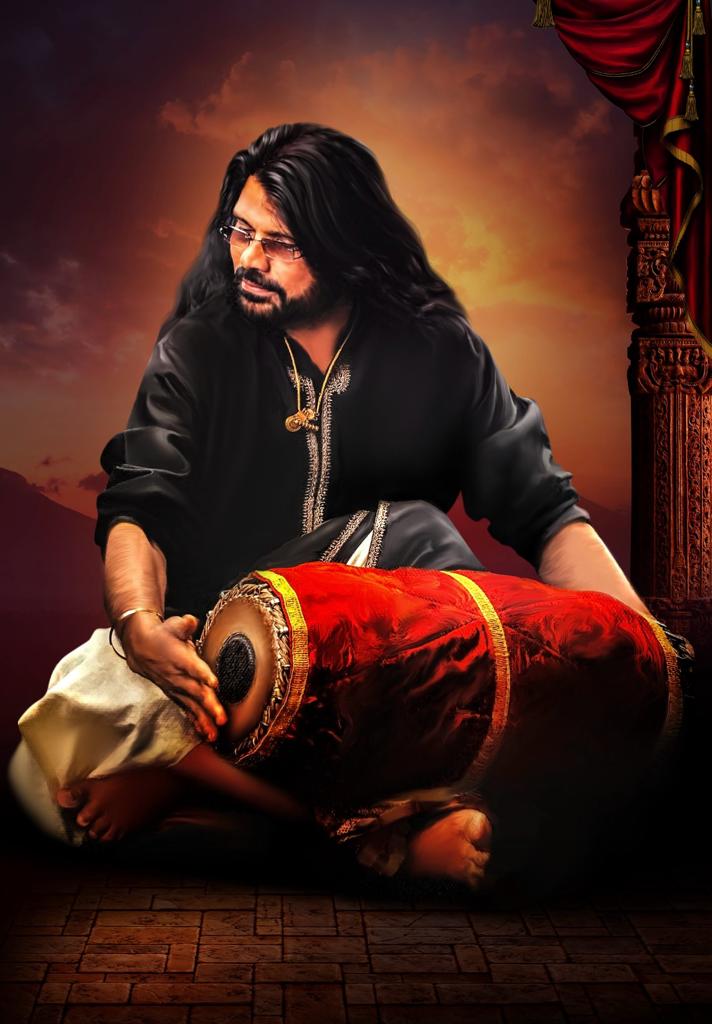 T. Shankaranarayanan Nandakumar, popularly known as “TSN” has played a pivotal role in spreading the knowledge about Indian drums, particularly the mridangam in the United States through his stage performances at prestigious orchestras, participation in global music events, educational initiatives and contributions, collaborations, global impact, and philanthropic endeavors. He has demonstrated a commitment to social responsibility through charity work, including organizing a 24-hour non-stop Akanda Seva Bhajan in aid of India’s tsunami victims.
T. Shankaranarayanan Nandakumar, popularly known as “TSN” has played a pivotal role in spreading the knowledge about Indian drums, particularly the mridangam in the United States through his stage performances at prestigious orchestras, participation in global music events, educational initiatives and contributions, collaborations, global impact, and philanthropic endeavors. He has demonstrated a commitment to social responsibility through charity work, including organizing a 24-hour non-stop Akanda Seva Bhajan in aid of India’s tsunami victims.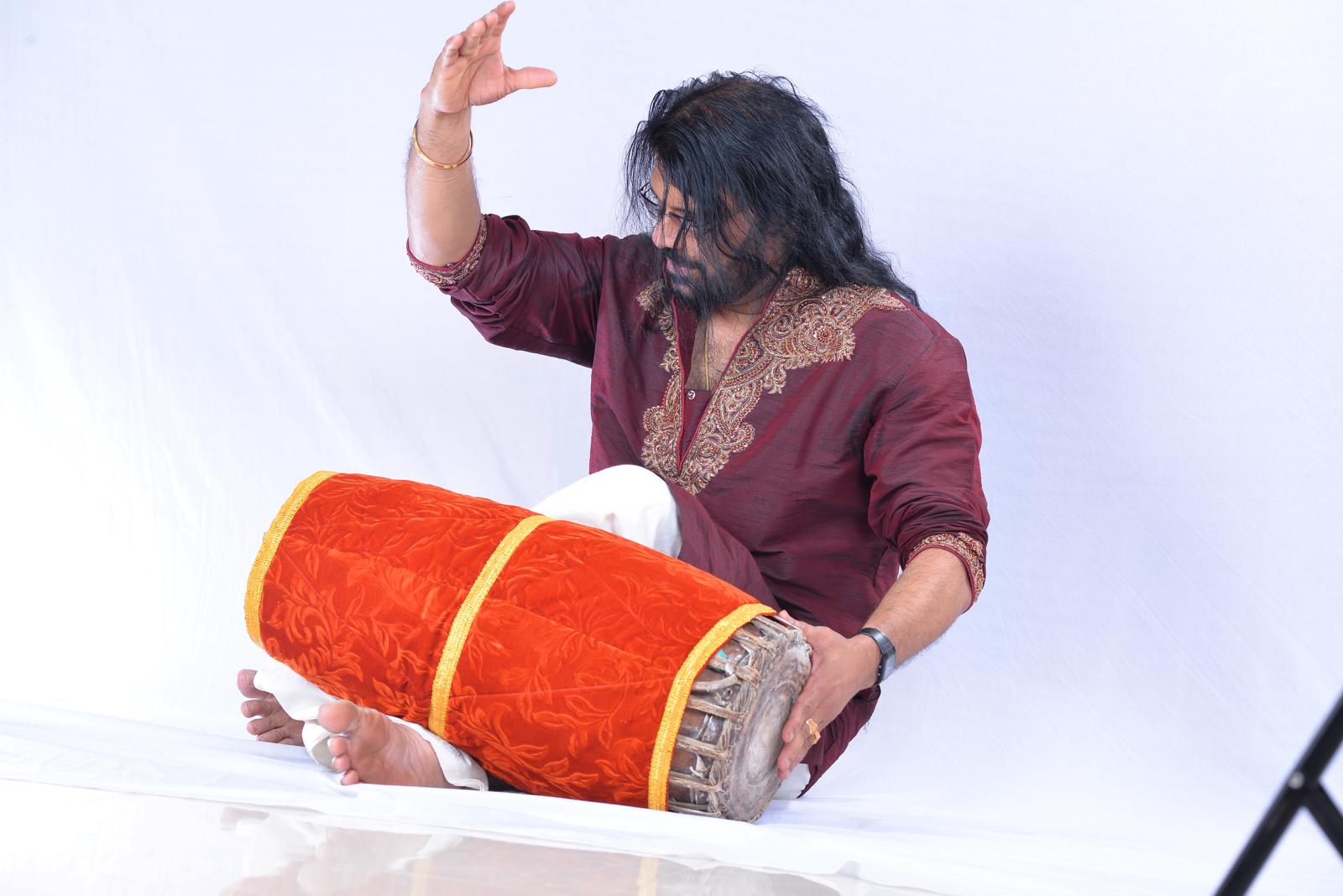 boundaries” has enabled him to take music wherever he went. TSN’s participation in international festivals and workshops has contributed to the global awareness of Indian percussion, showcasing the richness of Indian drumming traditions and providing a platform for cross-cultural exchange. By actively participating in musical collaborations and performances in the United States, TSN not only showcases the beauty of the mridangam but also educates audiences about the intricacies and significance of this traditional Indian percussion instrument.
boundaries” has enabled him to take music wherever he went. TSN’s participation in international festivals and workshops has contributed to the global awareness of Indian percussion, showcasing the richness of Indian drumming traditions and providing a platform for cross-cultural exchange. By actively participating in musical collaborations and performances in the United States, TSN not only showcases the beauty of the mridangam but also educates audiences about the intricacies and significance of this traditional Indian percussion instrument.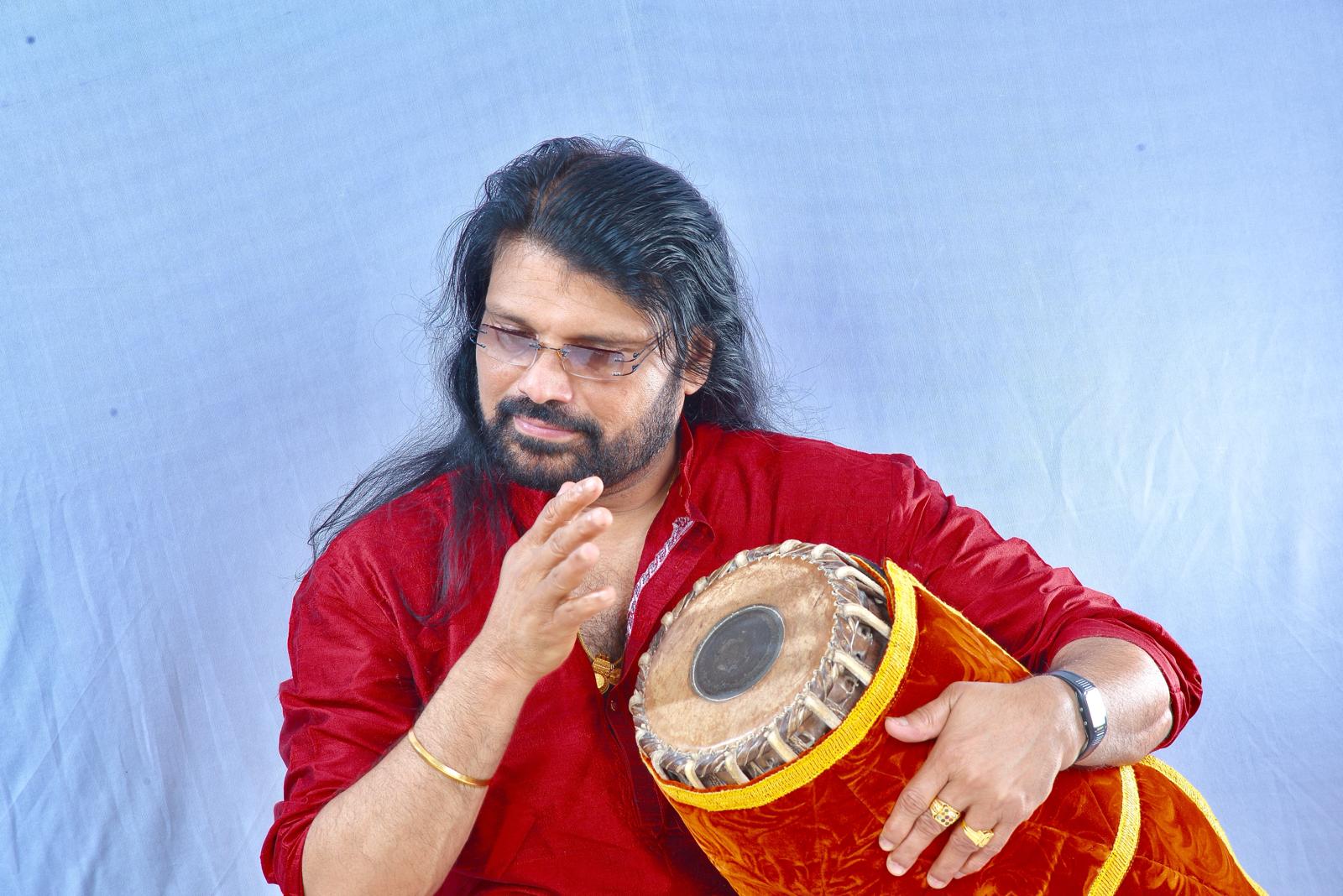 As a percussionist, TSN has accompanied luminaries in Carnatic music, including Semmangudi Srinivasa Iyer, M. D. Ramanathan, Bhimsen Joshi, T. N. Krishnan, M. Balamuralikrishna and others. His role as an accompanist has greatly enhanced the events with the performances of these eminent artists.
As a percussionist, TSN has accompanied luminaries in Carnatic music, including Semmangudi Srinivasa Iyer, M. D. Ramanathan, Bhimsen Joshi, T. N. Krishnan, M. Balamuralikrishna and others. His role as an accompanist has greatly enhanced the events with the performances of these eminent artists.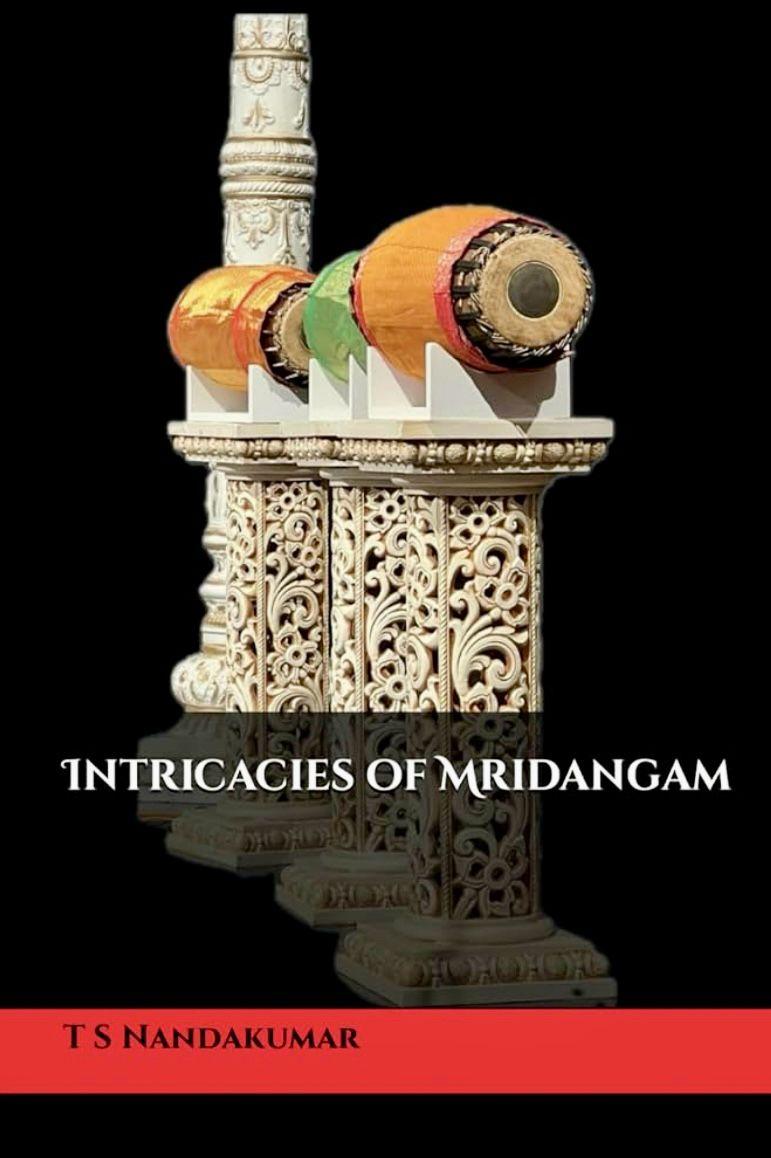 with his own mastery of classical Indian music, TSN took upon himself the mission to spread Carnatic music around the world. He established TSN’s Percussive Arts Centre. Inc (TSNPAC), where students are trained in diverse instruments. Since its inception in 1998 in Mumbai, India, TSNPAC has evolved into a hub for students to refine their skills and collaborate within the realm of Carnatic arts. Upon migrating to New Jersey, USA, TSN seamlessly incorporated TSNPAC, offering courses in higher learning for Carnatic percussion enthusiasts in the United States. Today, TSNPAC stands as a beacon for aspiring artists seeking to master the intricacies of Carnatic percussion.
with his own mastery of classical Indian music, TSN took upon himself the mission to spread Carnatic music around the world. He established TSN’s Percussive Arts Centre. Inc (TSNPAC), where students are trained in diverse instruments. Since its inception in 1998 in Mumbai, India, TSNPAC has evolved into a hub for students to refine their skills and collaborate within the realm of Carnatic arts. Upon migrating to New Jersey, USA, TSN seamlessly incorporated TSNPAC, offering courses in higher learning for Carnatic percussion enthusiasts in the United States. Today, TSNPAC stands as a beacon for aspiring artists seeking to master the intricacies of Carnatic percussion.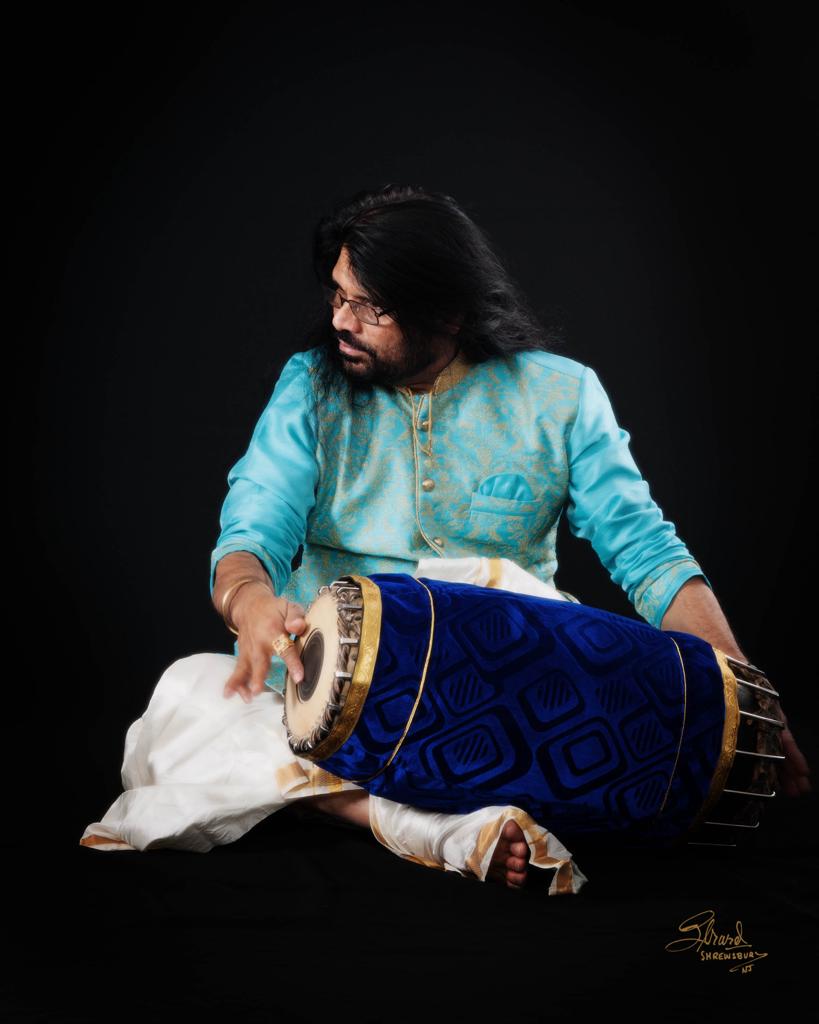 Performing at the Thyagaraja Festival is a prestigious and culturally significant experience for Carnatic musicians. The Thyagaraja Aradhana is an annual music festival held to commemorate the legendary Carnatic composer Saint Thyagaraja. TSNPAC conducts Thyagaraja Festival to commemorate the legendary Carnatic composer Saint Thyagaraja. Thyagaraja Aaradhana Festival in Cleveland, Ohio, which is the largest Indian classical music festival outside of India.
Performing at the Thyagaraja Festival is a prestigious and culturally significant experience for Carnatic musicians. The Thyagaraja Aradhana is an annual music festival held to commemorate the legendary Carnatic composer Saint Thyagaraja. TSNPAC conducts Thyagaraja Festival to commemorate the legendary Carnatic composer Saint Thyagaraja. Thyagaraja Aaradhana Festival in Cleveland, Ohio, which is the largest Indian classical music festival outside of India.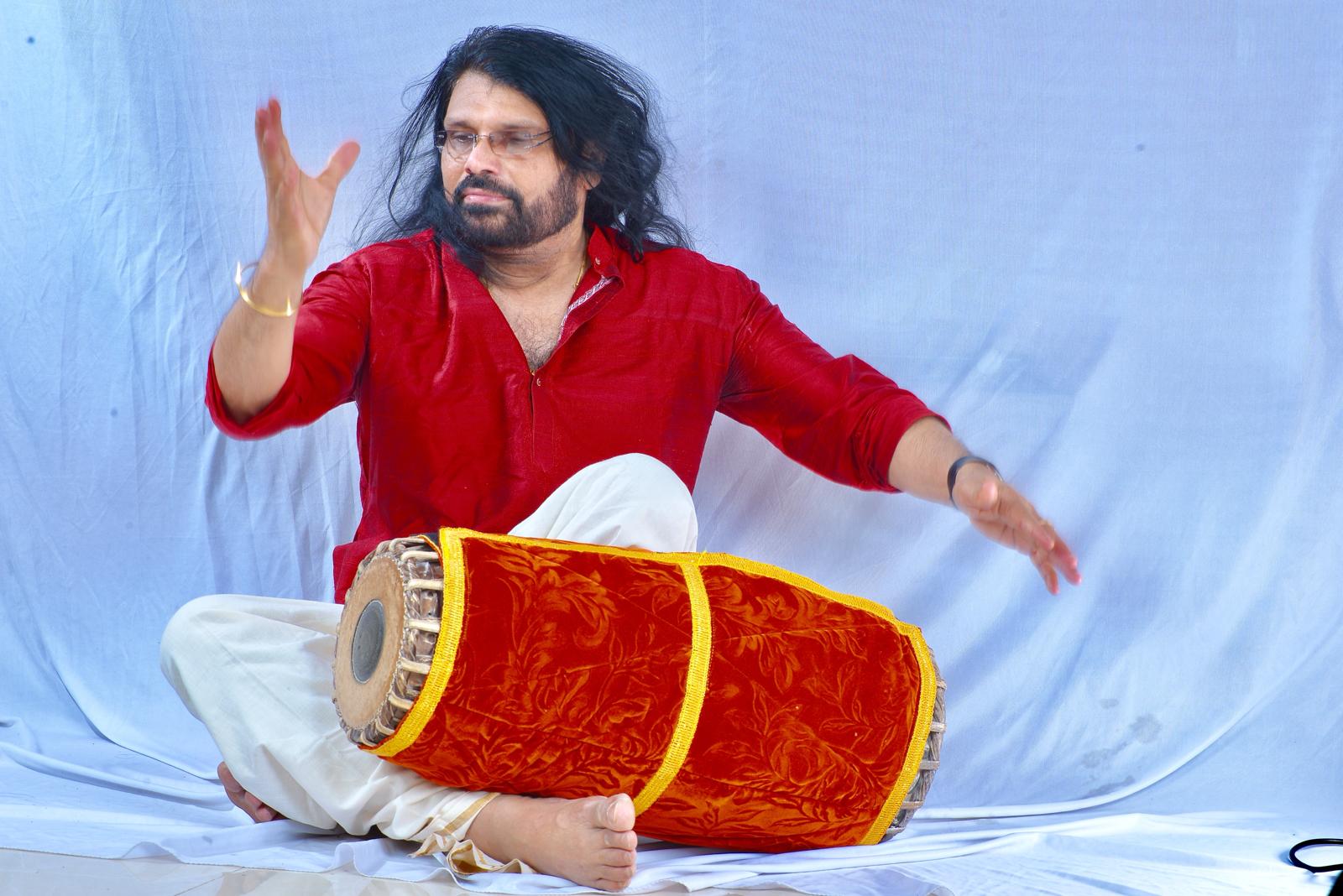 everyone. I have students all over the world, students of Indian origin and from other nationalities, some of them have become full time musicians and are accompanying renowned artists,” Nandakumar says with pride. TSNPAC, in addition to providing trainings to music enthusiast, has successfully organized numerous annual events by notable artists in Carnatic music, including luminaries such as K J Yesudas, N. Rajam, N. Ramani, A. Kanyakumari, and L. Subramaniam.
everyone. I have students all over the world, students of Indian origin and from other nationalities, some of them have become full time musicians and are accompanying renowned artists,” Nandakumar says with pride. TSNPAC, in addition to providing trainings to music enthusiast, has successfully organized numerous annual events by notable artists in Carnatic music, including luminaries such as K J Yesudas, N. Rajam, N. Ramani, A. Kanyakumari, and L. Subramaniam.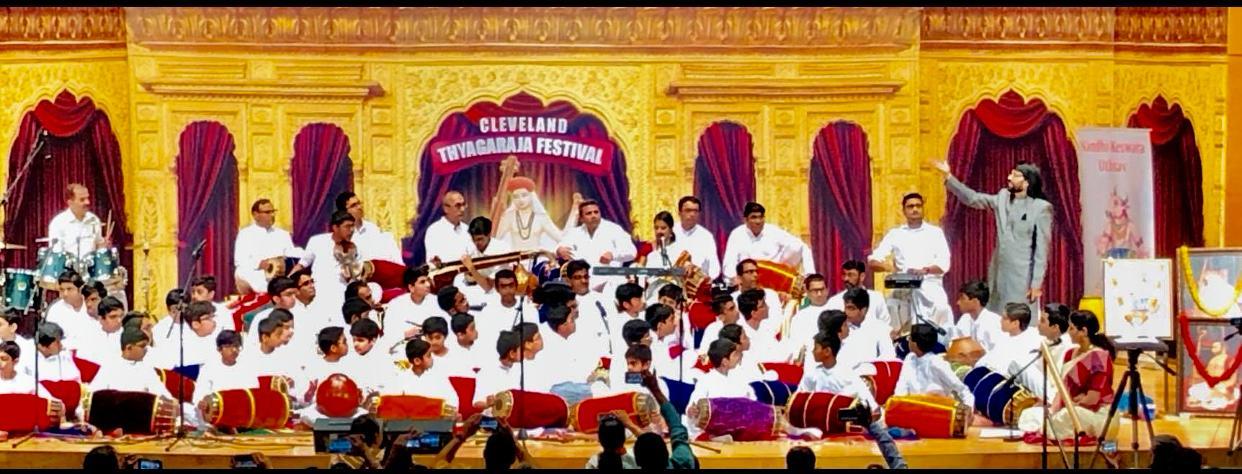 TSNPAC’s significant milestones include a decennial celebration marked by a grand performance featuring over 100 students. The centre conducts Mridangam Arangetram annually, where students, without prior rehearsal, accompany main artists like A. Kanyakumari, culminating in a graduation ceremony. Notably, TSNPAC’s influence extends globally, with 108 professional student performances, including drumming, at the Cleveland Thyagaraja festival.
TSNPAC’s significant milestones include a decennial celebration marked by a grand performance featuring over 100 students. The centre conducts Mridangam Arangetram annually, where students, without prior rehearsal, accompany main artists like A. Kanyakumari, culminating in a graduation ceremony. Notably, TSNPAC’s influence extends globally, with 108 professional student performances, including drumming, at the Cleveland Thyagaraja festival.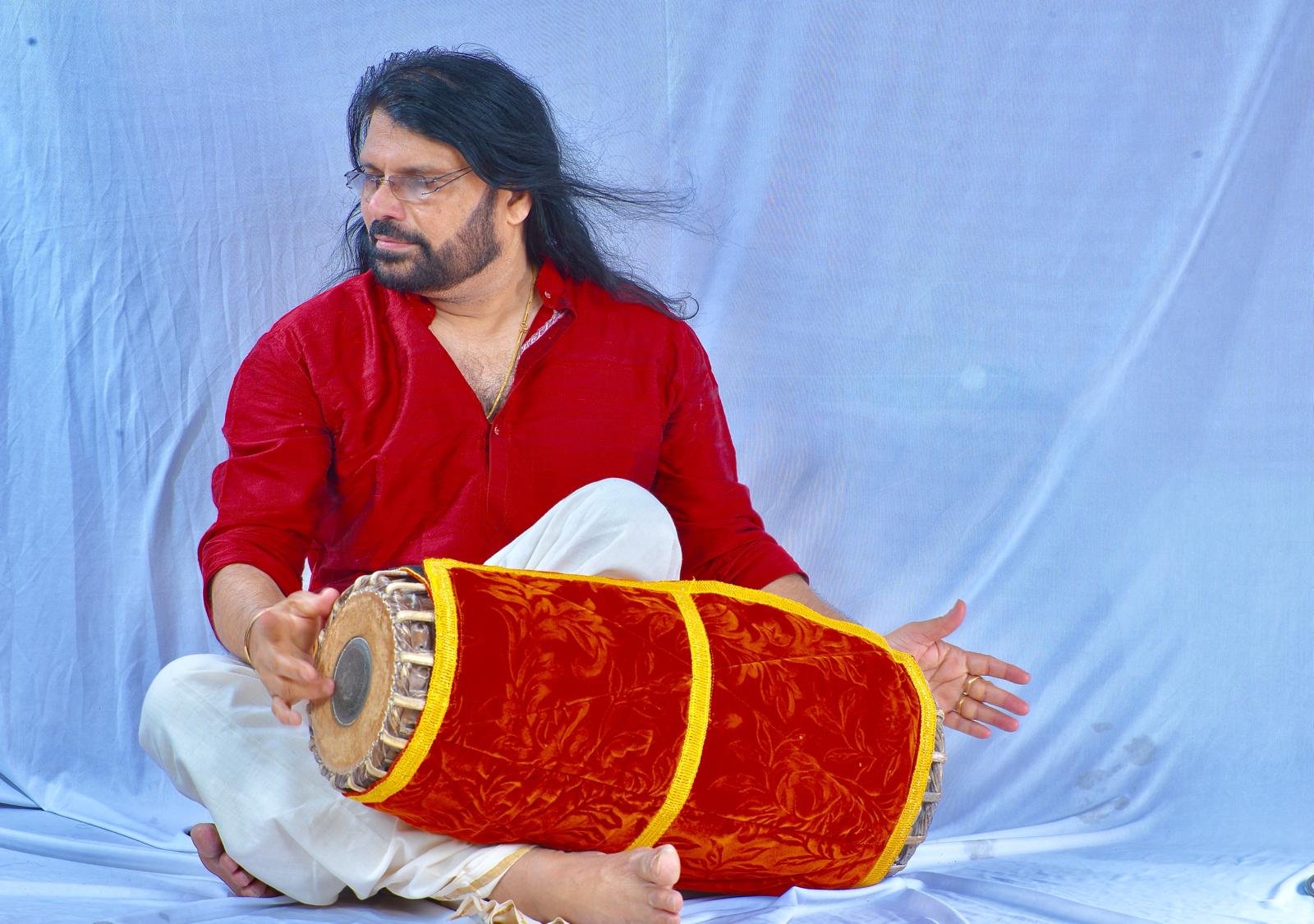 for those interested in Indian percussion. His recorded works contribute to the preservation and dissemination of this musical knowledge. His album, “Jewels of Rhythm” by his ensemble has earned him high accolades.
for those interested in Indian percussion. His recorded works contribute to the preservation and dissemination of this musical knowledge. His album, “Jewels of Rhythm” by his ensemble has earned him high accolades.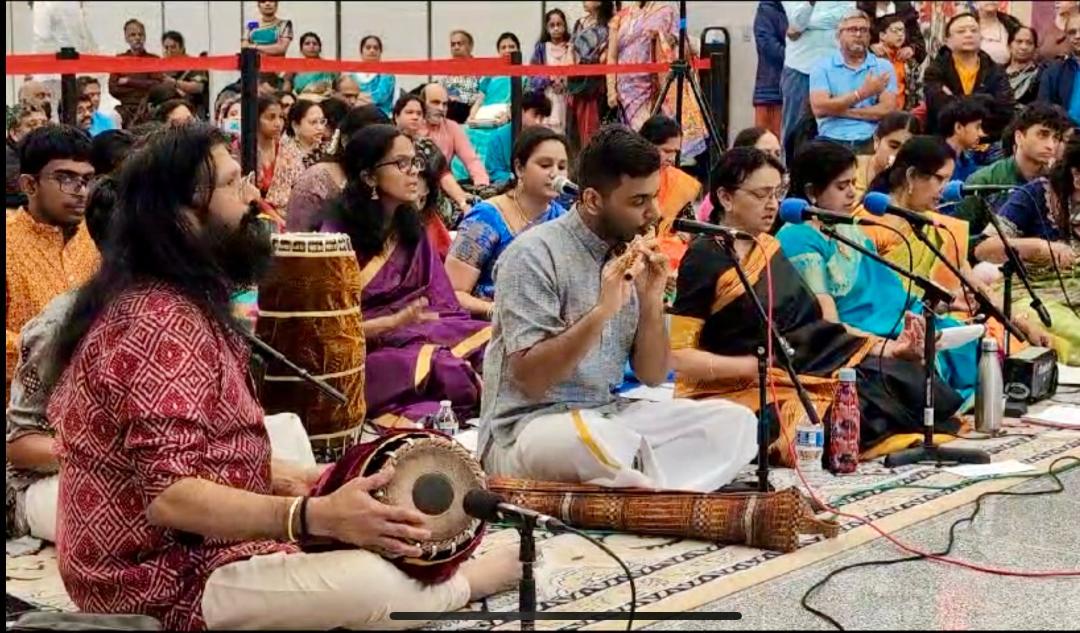 “At a very early age I started learning mridangam (A South Indian Classical Carnatic double-sided drum) because I was fascinated about percussion and its beats when my uncle’s (Shri Amabalapuzha Brothers) concert was held in the temple where I used to put Thalam,” recalls Nandakumar. “When I started learning I enjoyed playing mridangam and other percussion instruments. I was so passionate about it that I got into teaching mridangam and other percussion instruments and making people aware about the importance of music.”
“At a very early age I started learning mridangam (A South Indian Classical Carnatic double-sided drum) because I was fascinated about percussion and its beats when my uncle’s (Shri Amabalapuzha Brothers) concert was held in the temple where I used to put Thalam,” recalls Nandakumar. “When I started learning I enjoyed playing mridangam and other percussion instruments. I was so passionate about it that I got into teaching mridangam and other percussion instruments and making people aware about the importance of music.”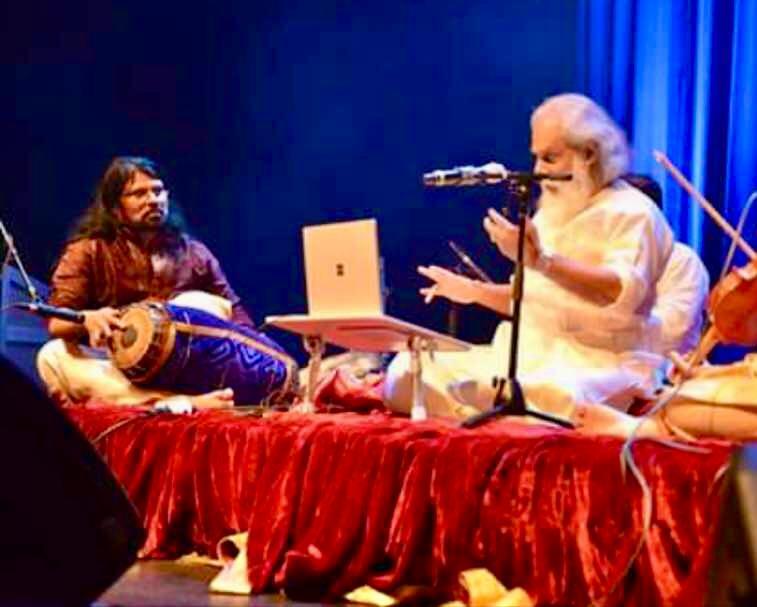 artists. In 2022, the centre conferred the title “Ranjakagayakasiromanih” (The Crown Jewel among those singers whose music is charming) upon the legendary K J Yesudas. A. Kanyakumari was honored with the title “Sasvatanadavidushi” (One Who Is Adept in Music Which Is Ishvara).
artists. In 2022, the centre conferred the title “Ranjakagayakasiromanih” (The Crown Jewel among those singers whose music is charming) upon the legendary K J Yesudas. A. Kanyakumari was honored with the title “Sasvatanadavidushi” (One Who Is Adept in Music Which Is Ishvara).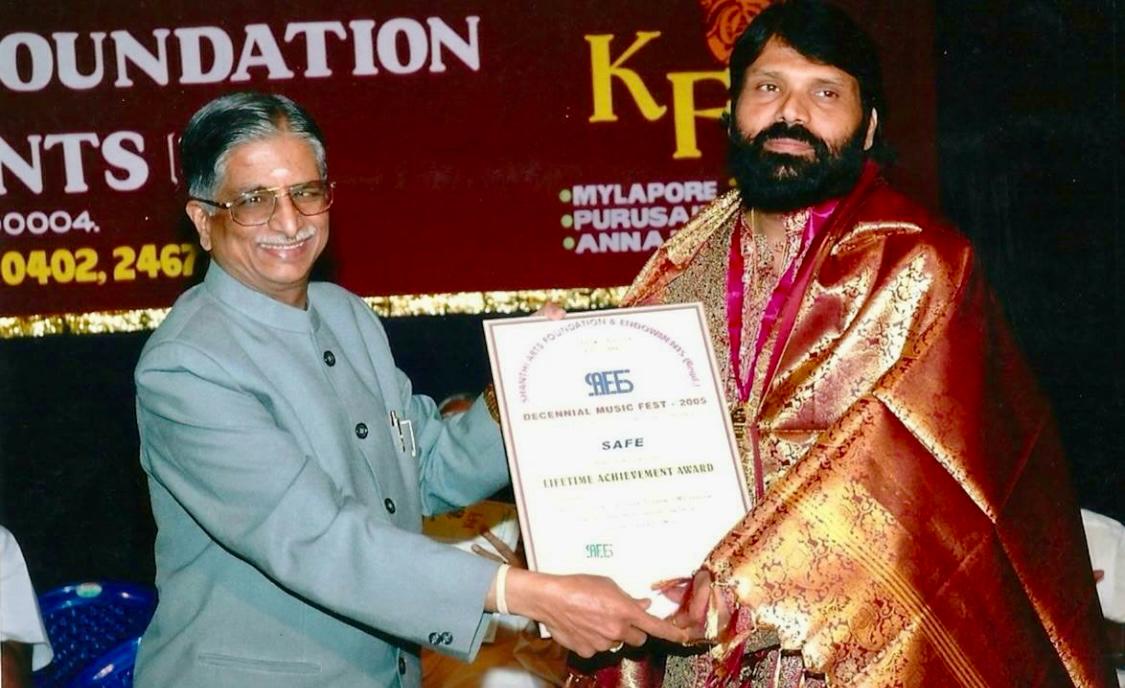 TSN’s commitment to promoting local talent and fostering cultural exchange remains unwavering. He has invited senior artists from India for the upcoming TSNPAC annual events with the objective of creating a global stage for collaborative performances.
TSN’s commitment to promoting local talent and fostering cultural exchange remains unwavering. He has invited senior artists from India for the upcoming TSNPAC annual events with the objective of creating a global stage for collaborative performances.
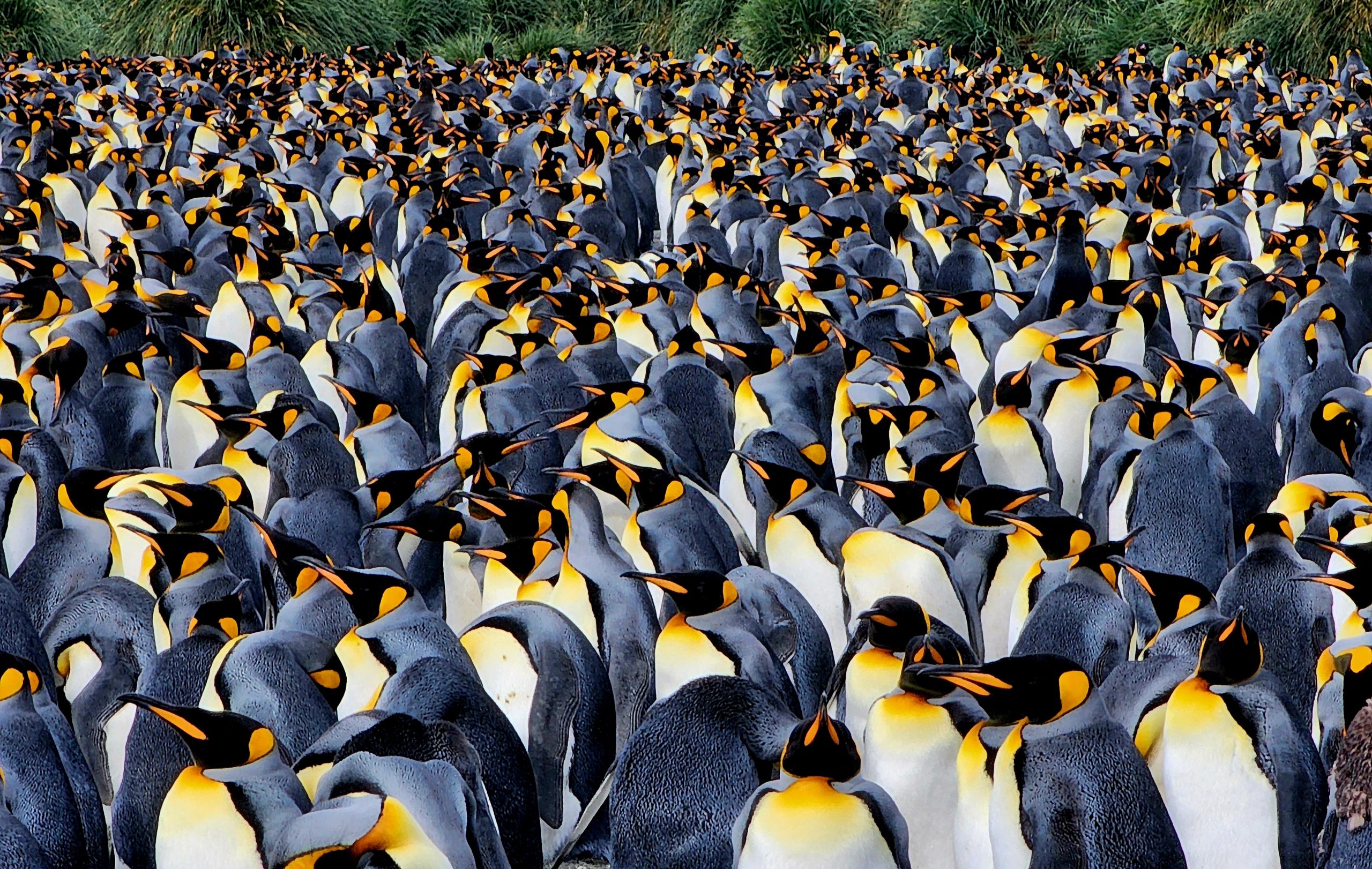
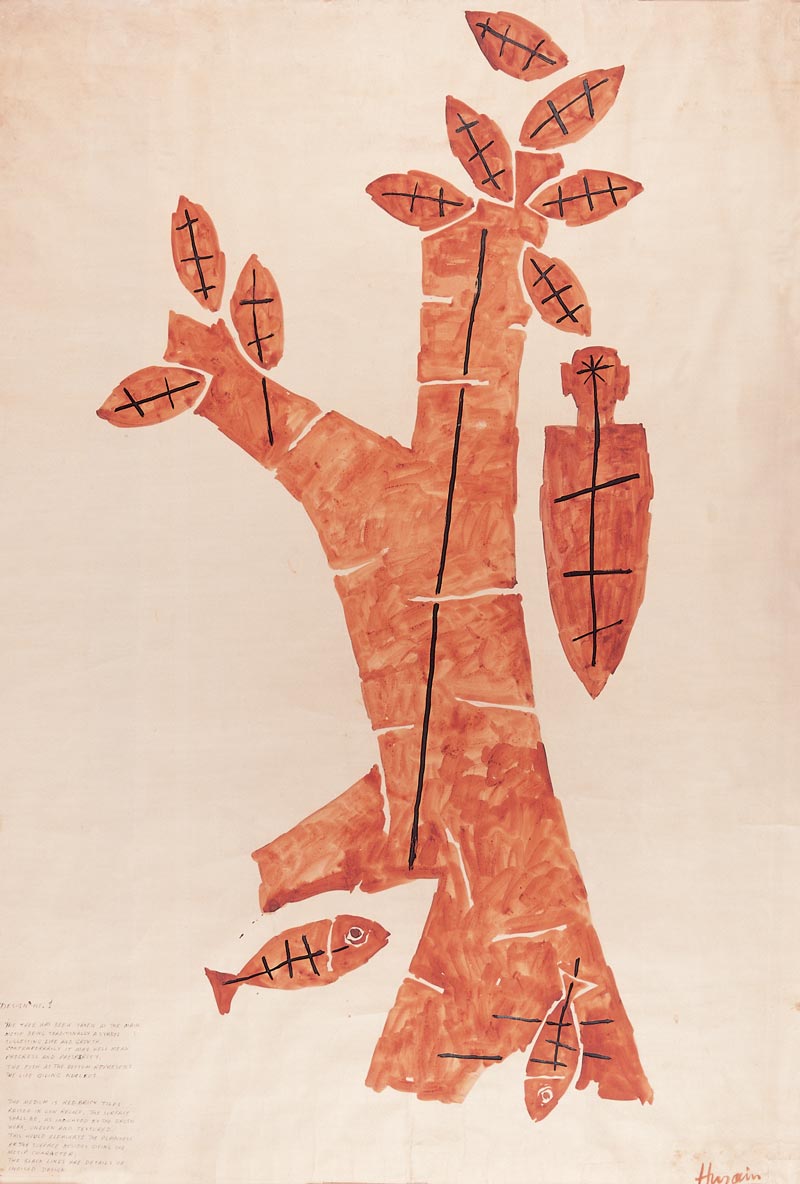
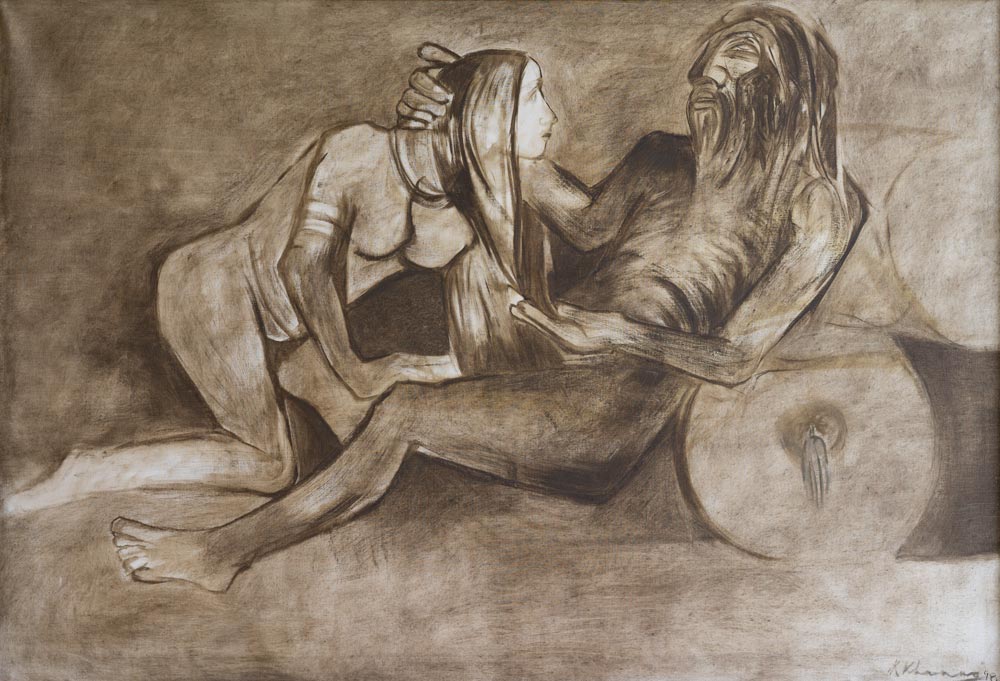
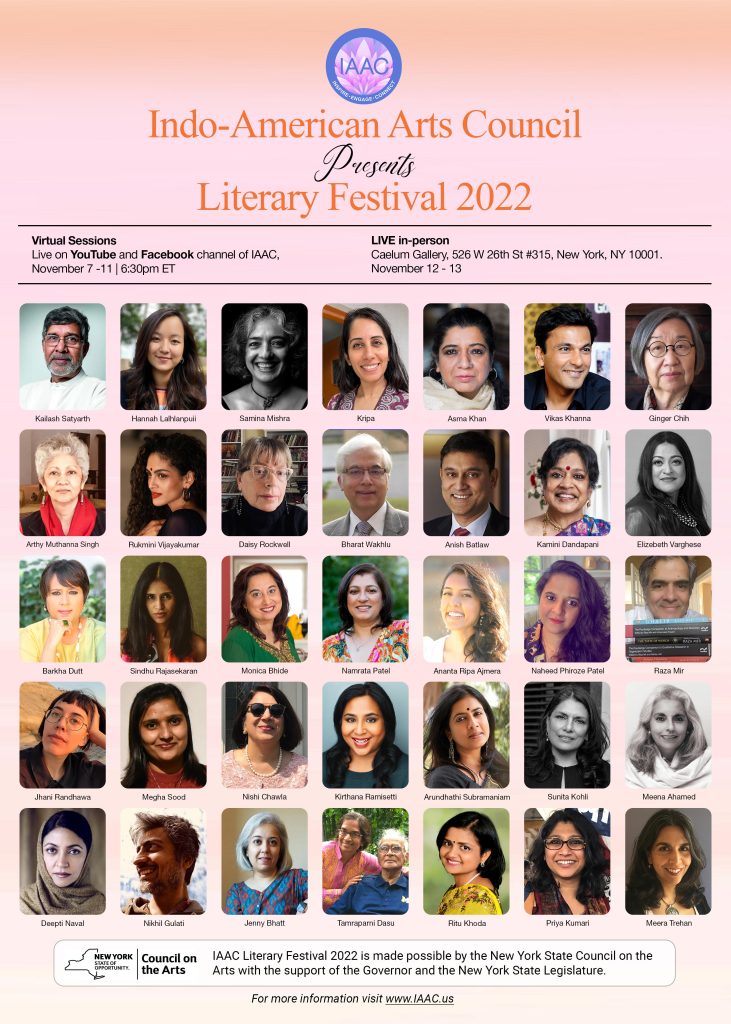
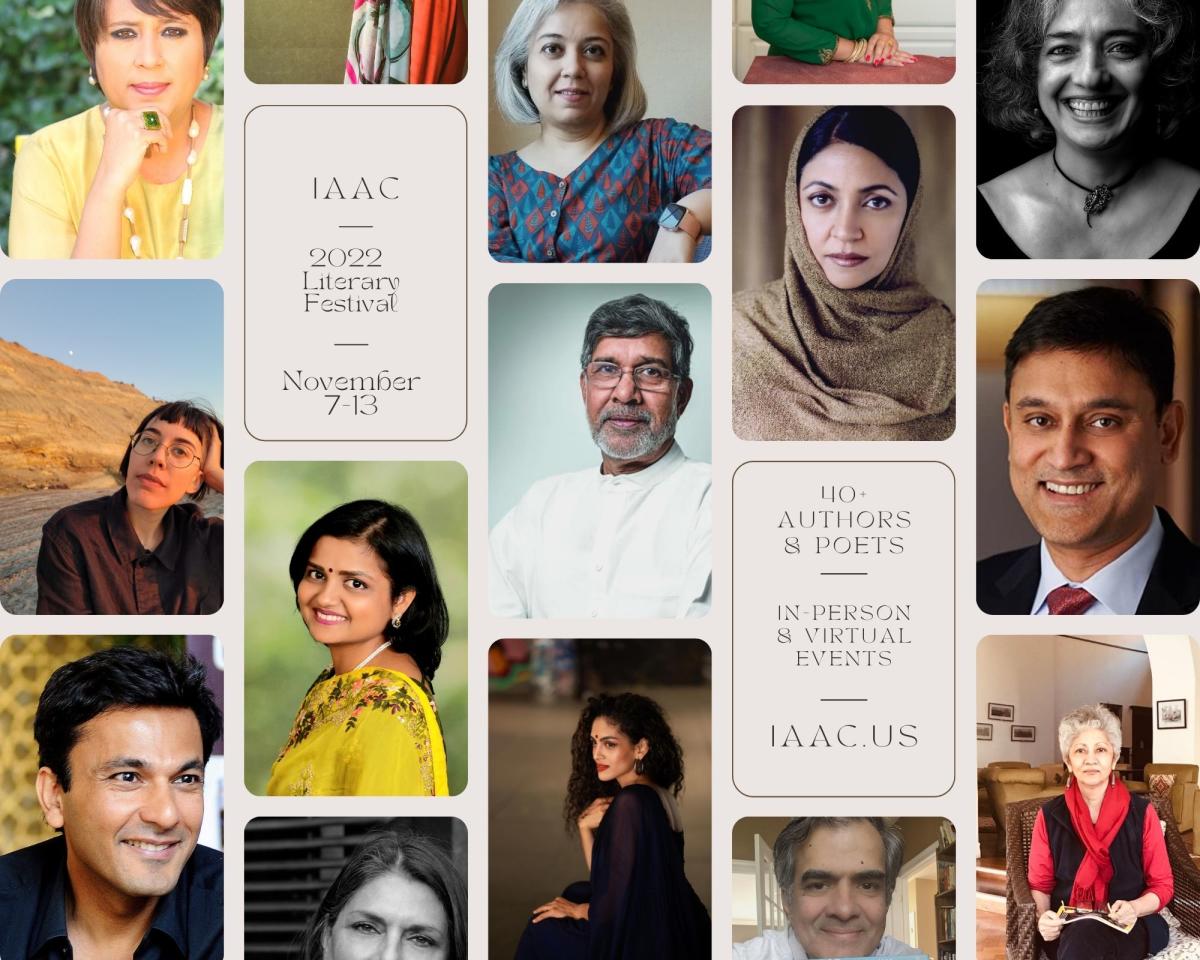
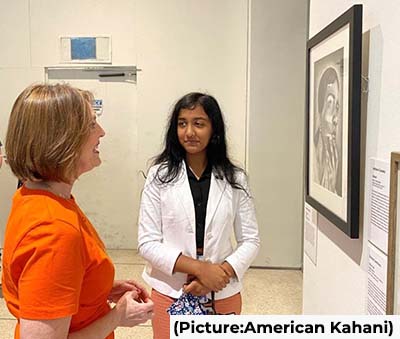 Ms Karthik’s self-portrait tackles perception versus reality.”I wanted to see if I could draw myself as I am and not how I think I am,” she said.
Ms Karthik’s self-portrait tackles perception versus reality.”I wanted to see if I could draw myself as I am and not how I think I am,” she said.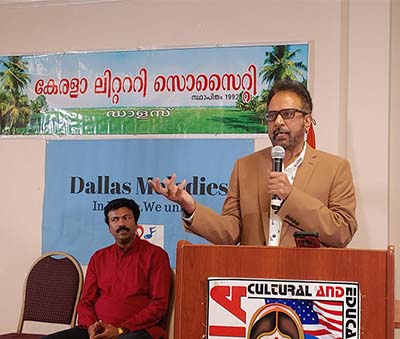 Dr. Matthew Joys is also a columnist in English and Malayalam newspapers and other periodicals. He has been writing articles on current topics, light poems, stories, and published books of his collections. His interpretation of the “Song of Songs in the Bible” named “Oh my Beloved” and collection of his selected works called “Amerikkan Aadukal “ (The American Goats) are popularly applauded by the Pravasi Literary Writers. He is also a member of the Board of Directors of the Indo-American Press Club and Executive Editor of the JaihindVartha, Editor of United News Network, and Express Herald.
Dr. Matthew Joys is also a columnist in English and Malayalam newspapers and other periodicals. He has been writing articles on current topics, light poems, stories, and published books of his collections. His interpretation of the “Song of Songs in the Bible” named “Oh my Beloved” and collection of his selected works called “Amerikkan Aadukal “ (The American Goats) are popularly applauded by the Pravasi Literary Writers. He is also a member of the Board of Directors of the Indo-American Press Club and Executive Editor of the JaihindVartha, Editor of United News Network, and Express Herald.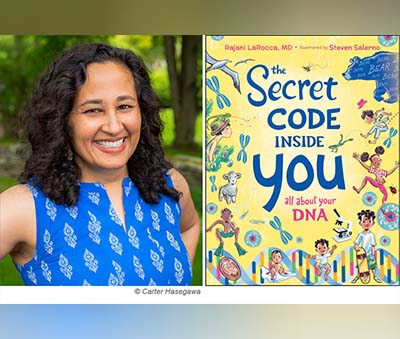 “When I first wrote this book of my heart, I wasn’t sure whether anyone else would want to read it or care about it. Seeing it recognized in this way is so incredible and humbling. The world needs all kinds of stories!” LaRocca says on her eponymous website rajanilarocca.com. “This story was inspired by aspects of my own life and childhood, and is dedicated to my parents, who are my heroes,” she adds.
“When I first wrote this book of my heart, I wasn’t sure whether anyone else would want to read it or care about it. Seeing it recognized in this way is so incredible and humbling. The world needs all kinds of stories!” LaRocca says on her eponymous website rajanilarocca.com. “This story was inspired by aspects of my own life and childhood, and is dedicated to my parents, who are my heroes,” she adds.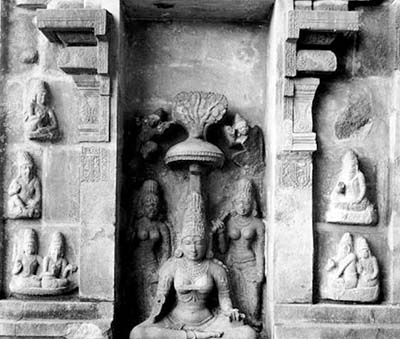
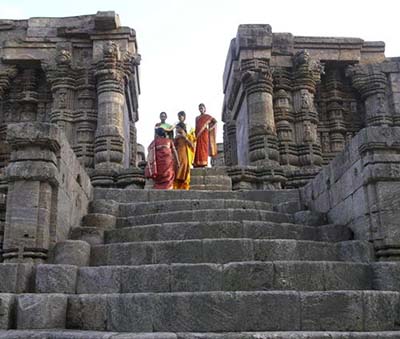
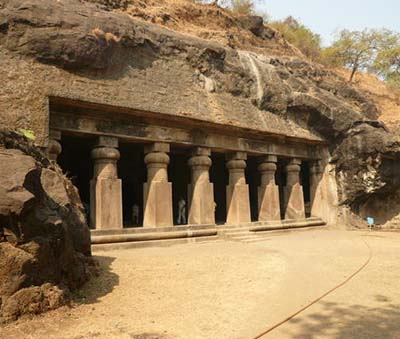
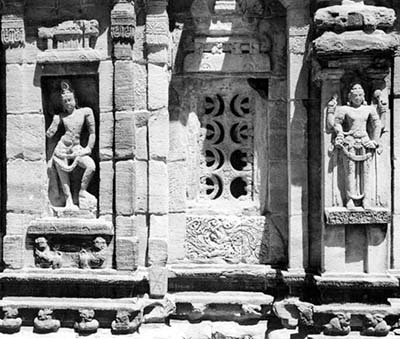
 Faithful Miss America organizers and enthusiasts contend the annual ritual is here to stay and will keep changing with the times. And even though they may not have indeed devised a plan for world peace, many participants say the organization — a large provider of scholarship assistance to young women — has been life-altering, opening doors for them professionally and personally. Others should have the same opportunities, they say.
Faithful Miss America organizers and enthusiasts contend the annual ritual is here to stay and will keep changing with the times. And even though they may not have indeed devised a plan for world peace, many participants say the organization — a large provider of scholarship assistance to young women — has been life-altering, opening doors for them professionally and personally. Others should have the same opportunities, they say. Miss America President and CEO Shantel Krebs, a former South Dakota secretary of state who does not take a salary, contends the Miss America organization is “committed to diversity, equity and inclusion.”
Miss America President and CEO Shantel Krebs, a former South Dakota secretary of state who does not take a salary, contends the Miss America organization is “committed to diversity, equity and inclusion.”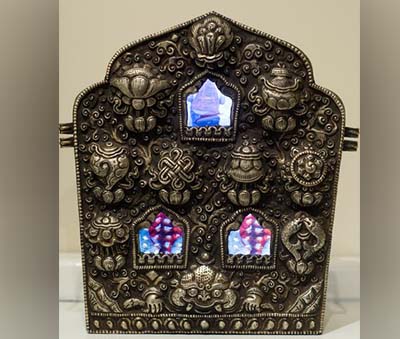 Aharoni’s work is also on view at
Aharoni’s work is also on view at 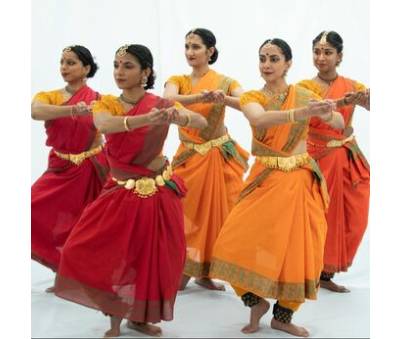 Drive East 2021 will be held in a hybrid format blending live theater with an online broadcast to allow for a global artist line-up and audience amid the COVID-19 pandemic. Artists evolve as we move forward in our careers; this year, we ask our artists to consider what it means to be a “conscious artist.” There is no universal answer, as each artist focuses on a myriad of aspects related to their performing art, such as sharing their choreography process to new artists, preserving lineage and traditions, opening up traditions that are normally closed off. What is consistent, however, is that conscious artists are always thinking about how they will impact the field around them, and why their contribution to the tradition of the form is valuable. Drive East 2021 explores what becoming a conscious artist looks like, poses myriad questions of artists and audiences, and explores the many paths artists can take to distill the vision of growth and sustainability into action. (Pictured above: KalaisanKalaichelvan.
Drive East 2021 will be held in a hybrid format blending live theater with an online broadcast to allow for a global artist line-up and audience amid the COVID-19 pandemic. Artists evolve as we move forward in our careers; this year, we ask our artists to consider what it means to be a “conscious artist.” There is no universal answer, as each artist focuses on a myriad of aspects related to their performing art, such as sharing their choreography process to new artists, preserving lineage and traditions, opening up traditions that are normally closed off. What is consistent, however, is that conscious artists are always thinking about how they will impact the field around them, and why their contribution to the tradition of the form is valuable. Drive East 2021 explores what becoming a conscious artist looks like, poses myriad questions of artists and audiences, and explores the many paths artists can take to distill the vision of growth and sustainability into action. (Pictured above: KalaisanKalaichelvan. The exhibition is comprised of monumental canvases that document Sharma’s travels around India and its vicinity, exploring the relationships between urbanization, landscapes and the human presence at the interstices of modernity. Sharma is constantly expanding and evolving these images so that they add new connotations and dimensions to that which was already familiar. We sincerely hope you can join us at the opening reception.
The exhibition is comprised of monumental canvases that document Sharma’s travels around India and its vicinity, exploring the relationships between urbanization, landscapes and the human presence at the interstices of modernity. Sharma is constantly expanding and evolving these images so that they add new connotations and dimensions to that which was already familiar. We sincerely hope you can join us at the opening reception.